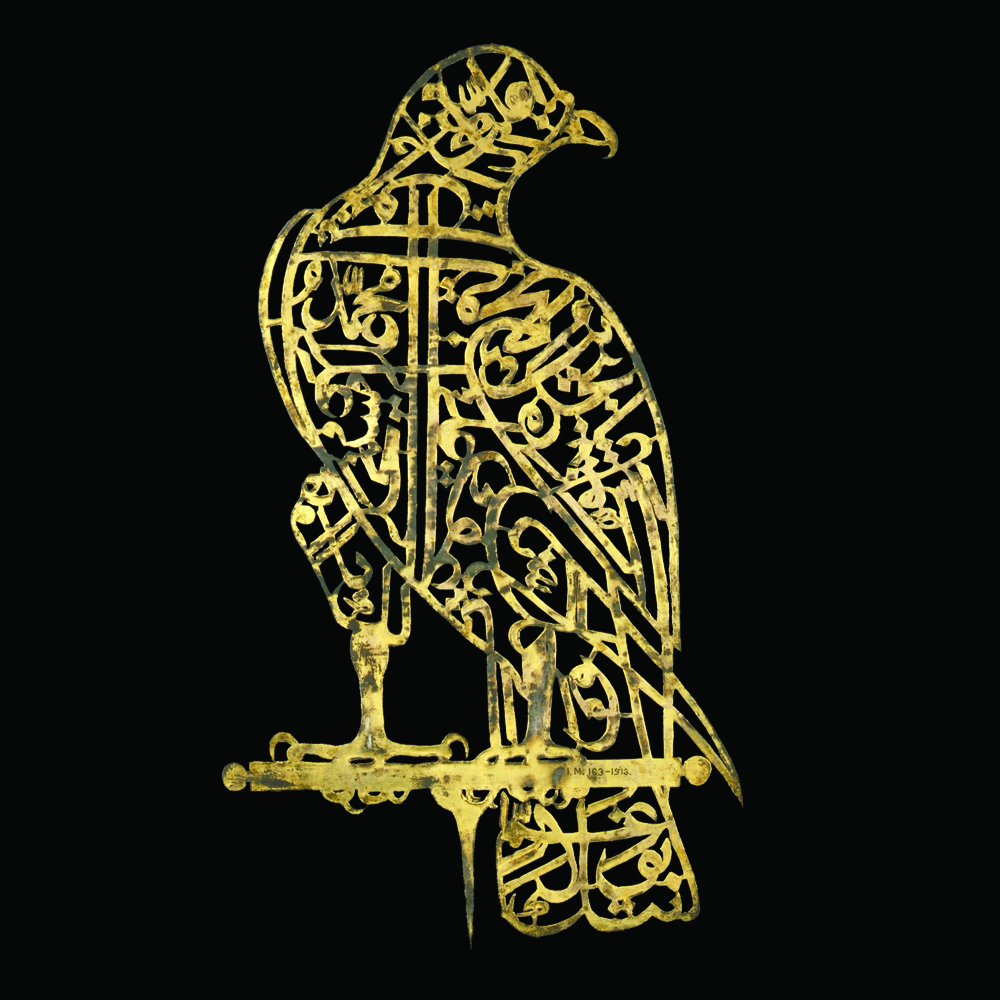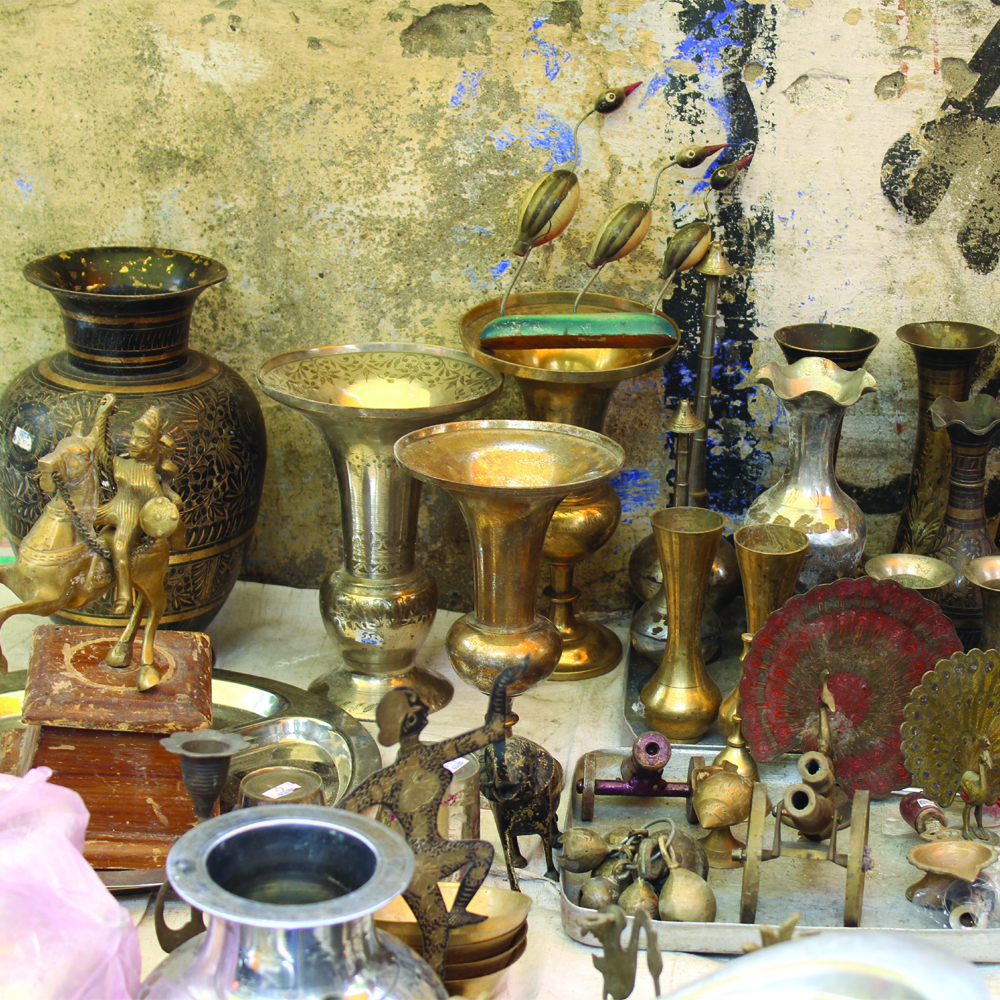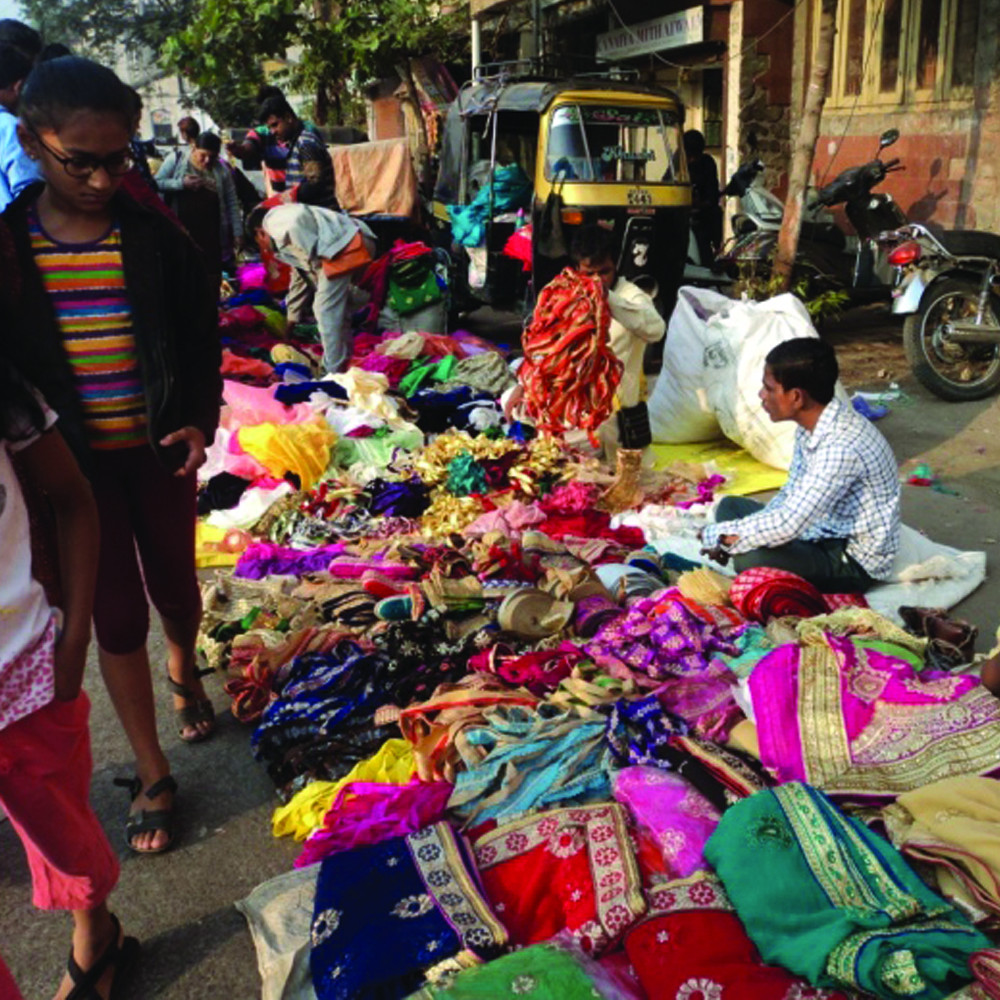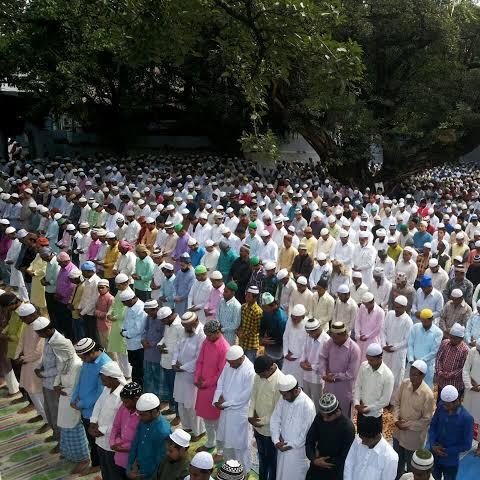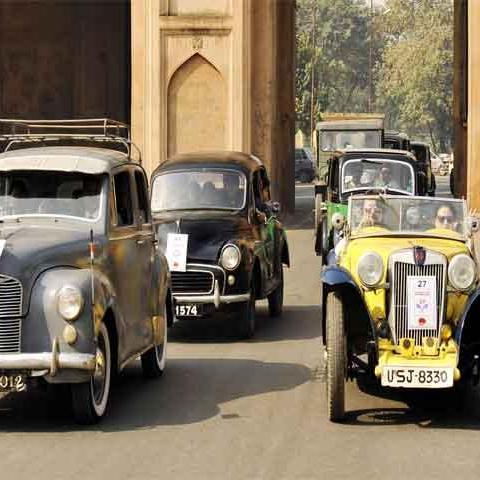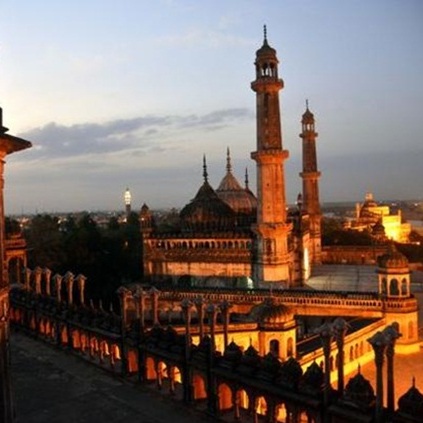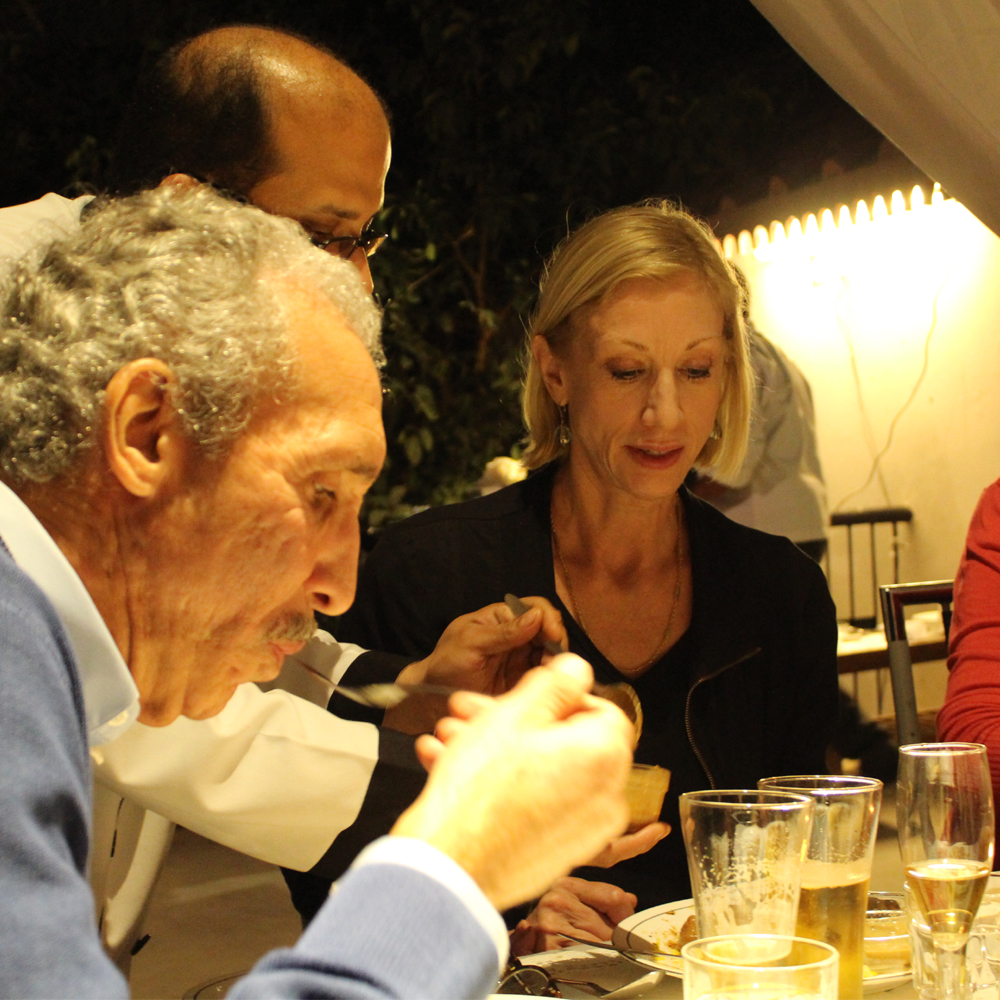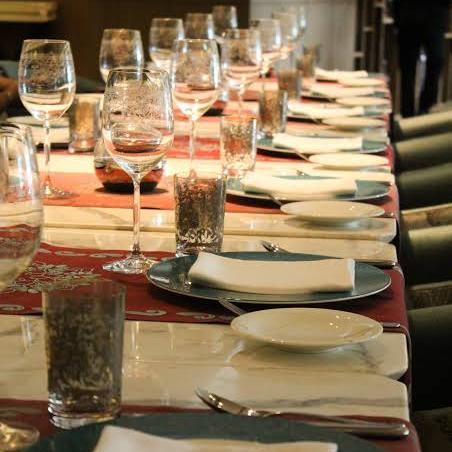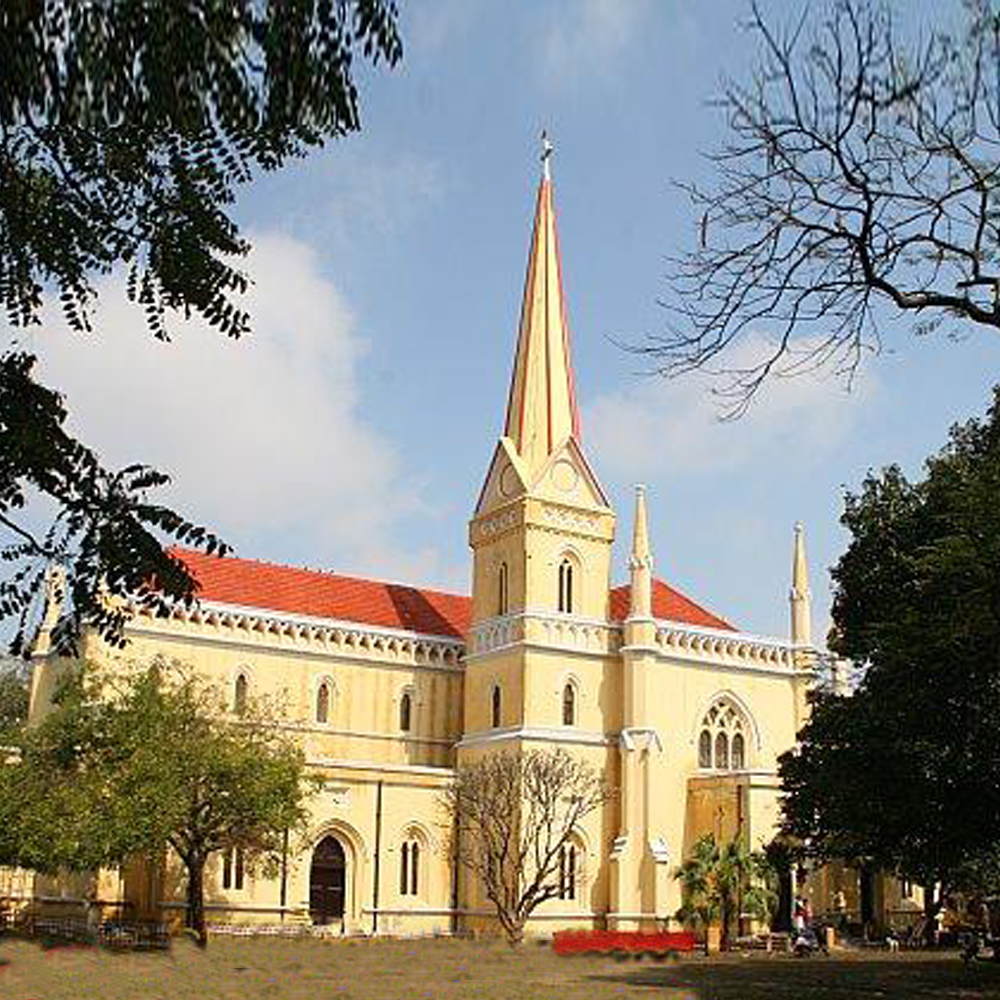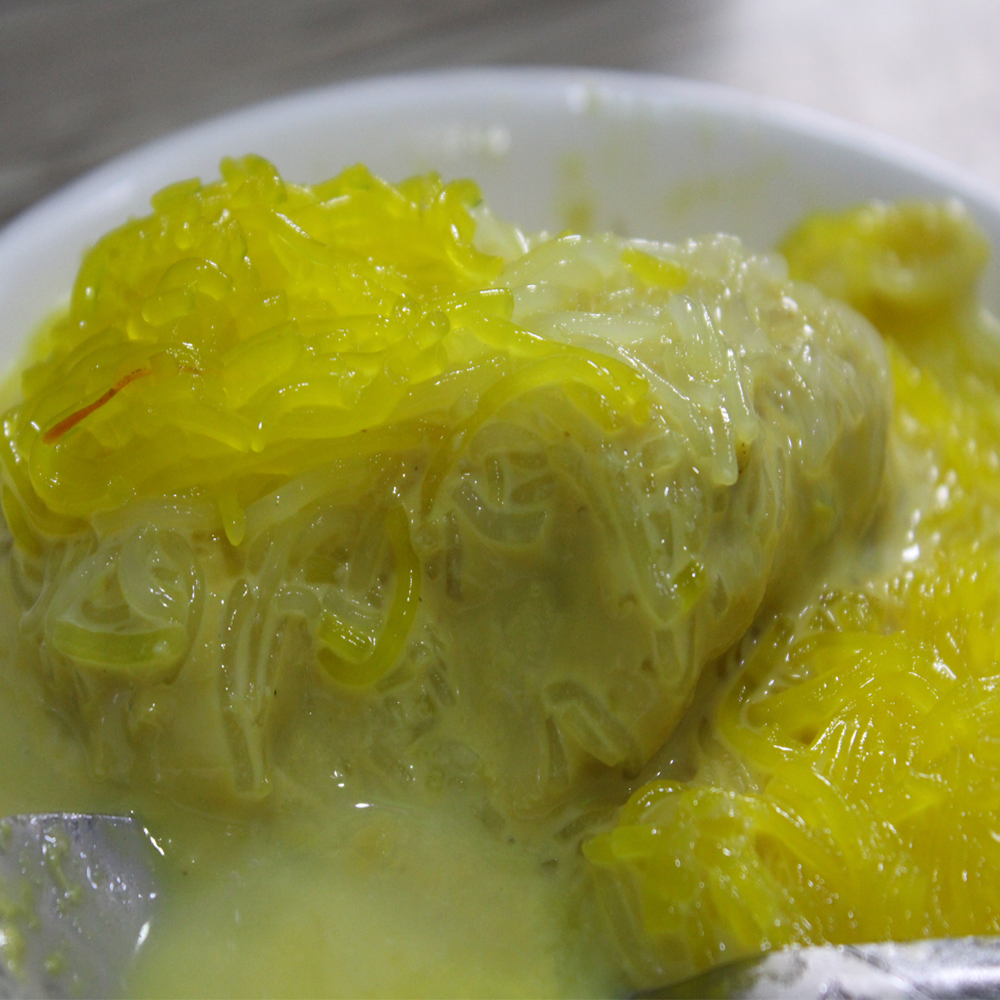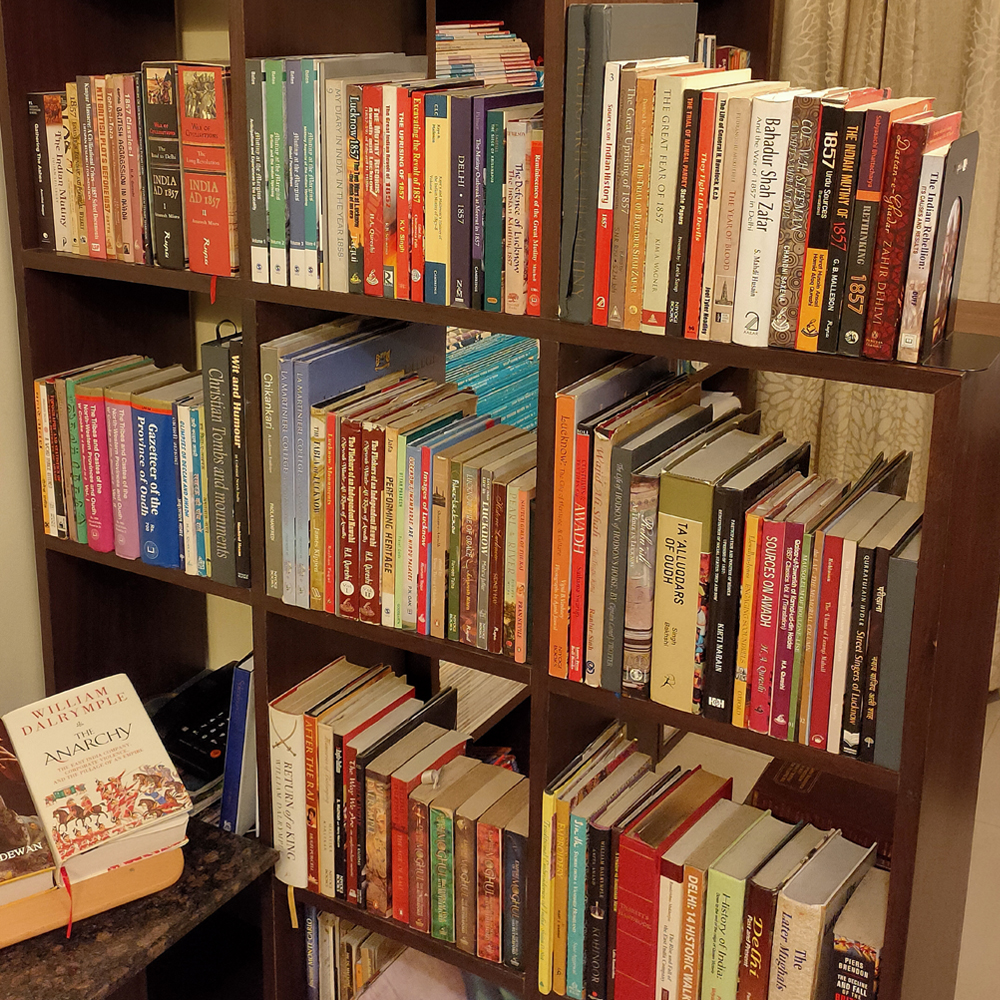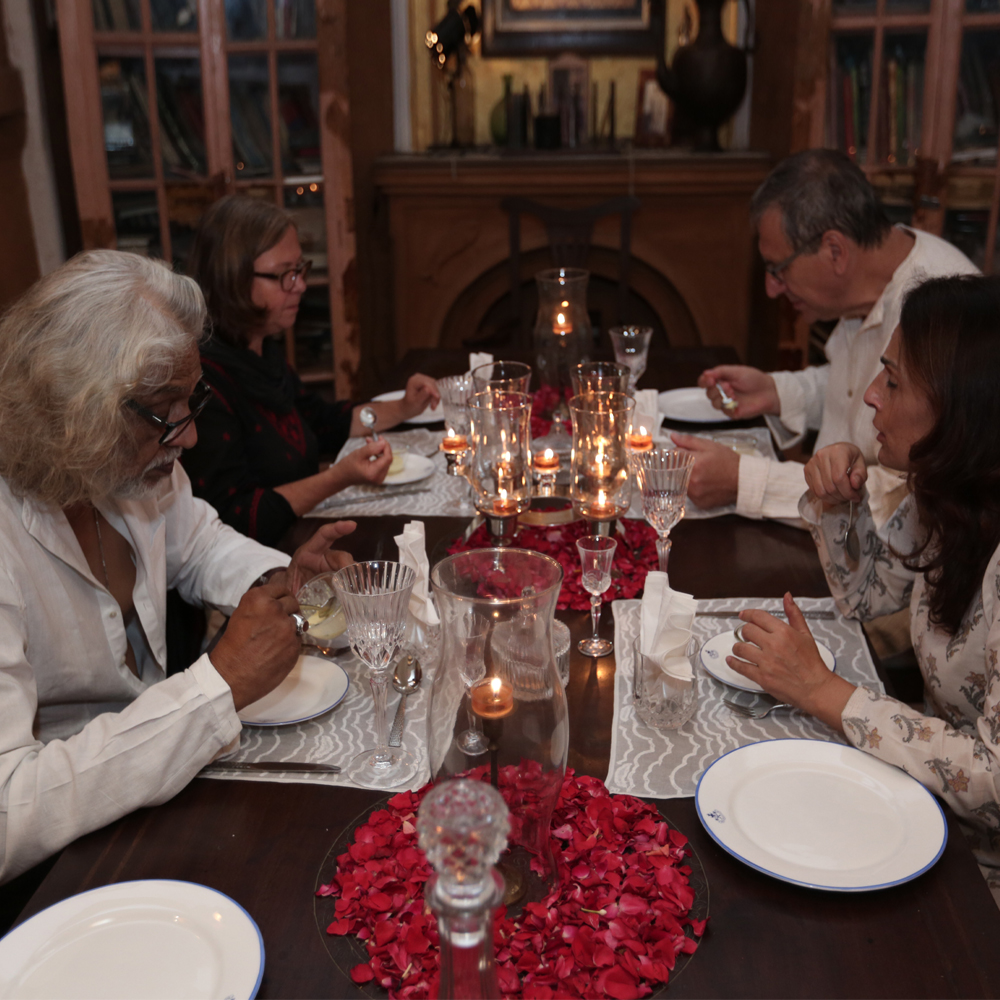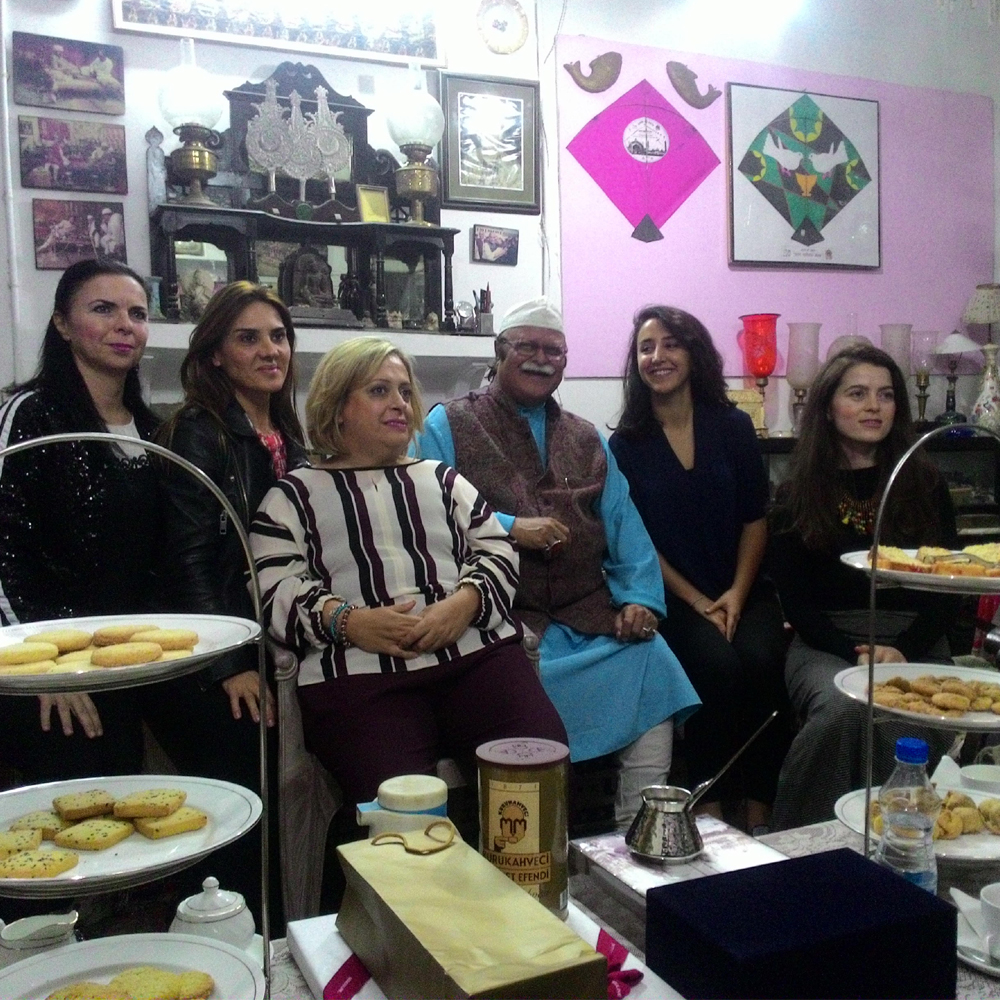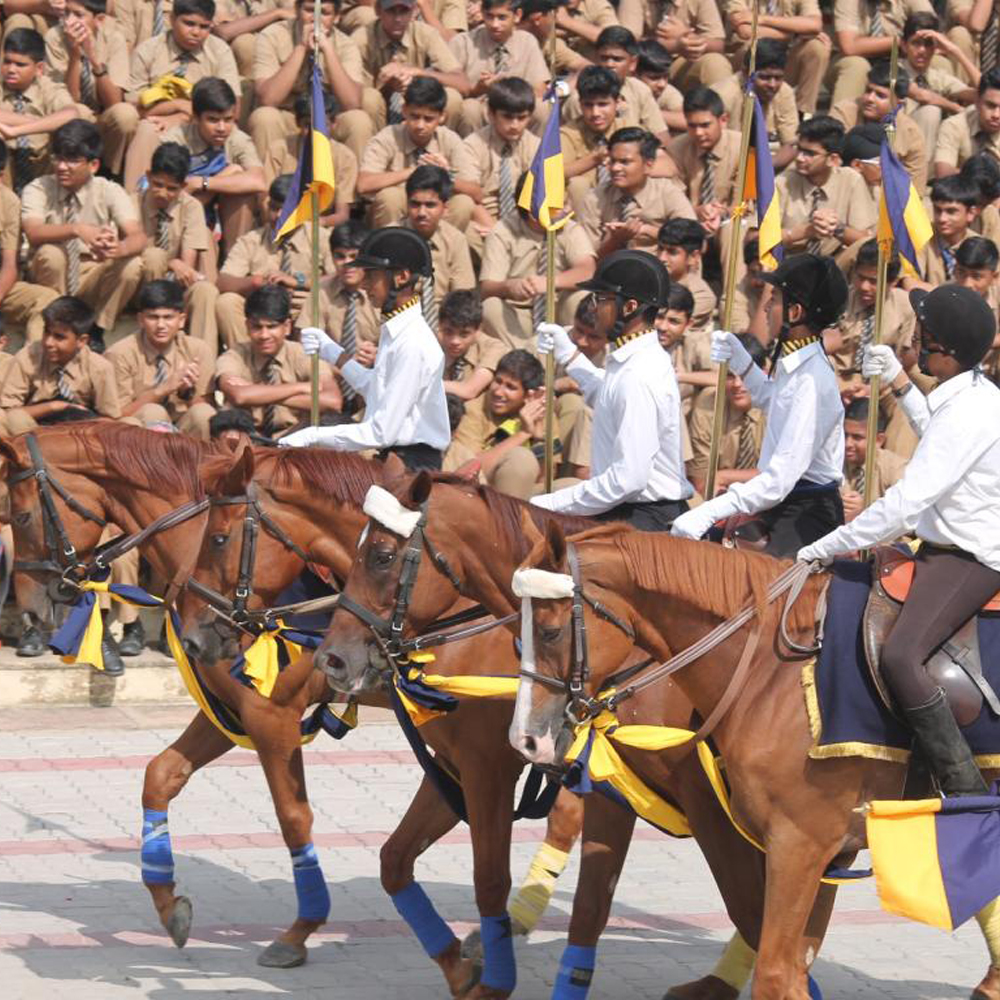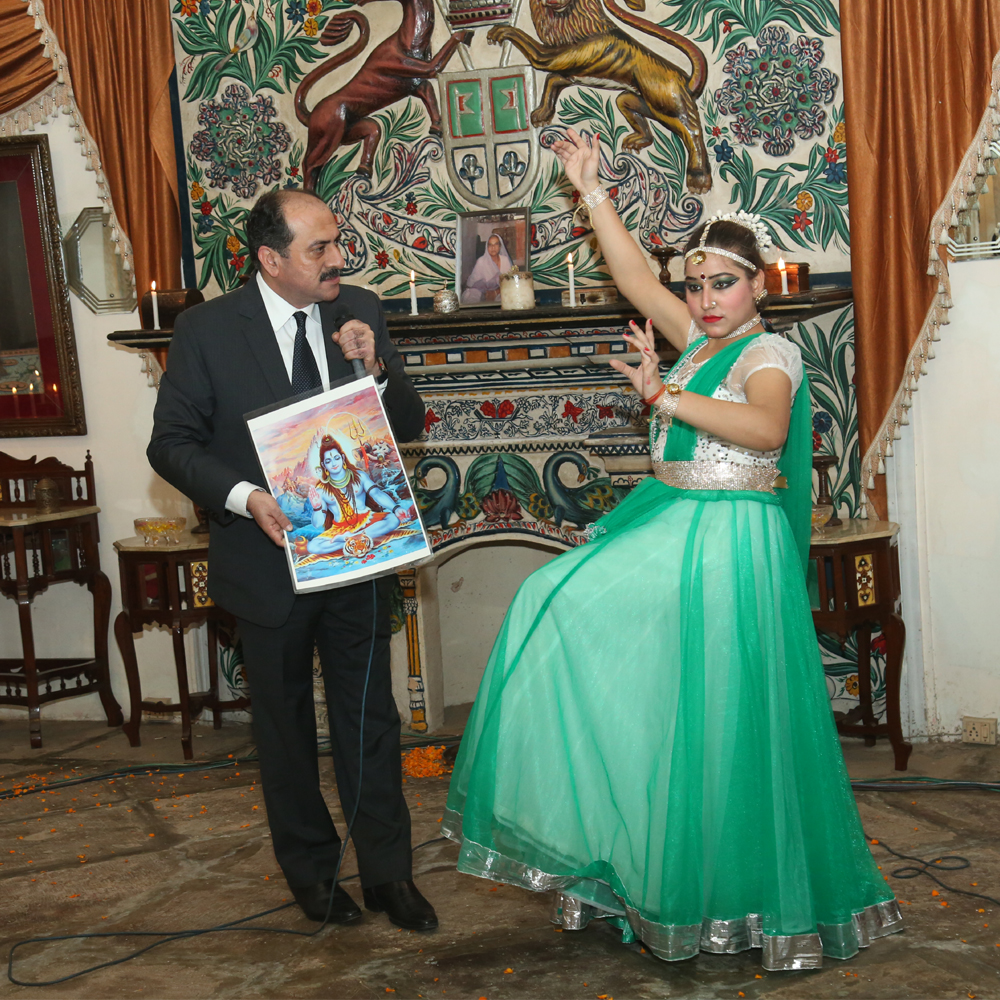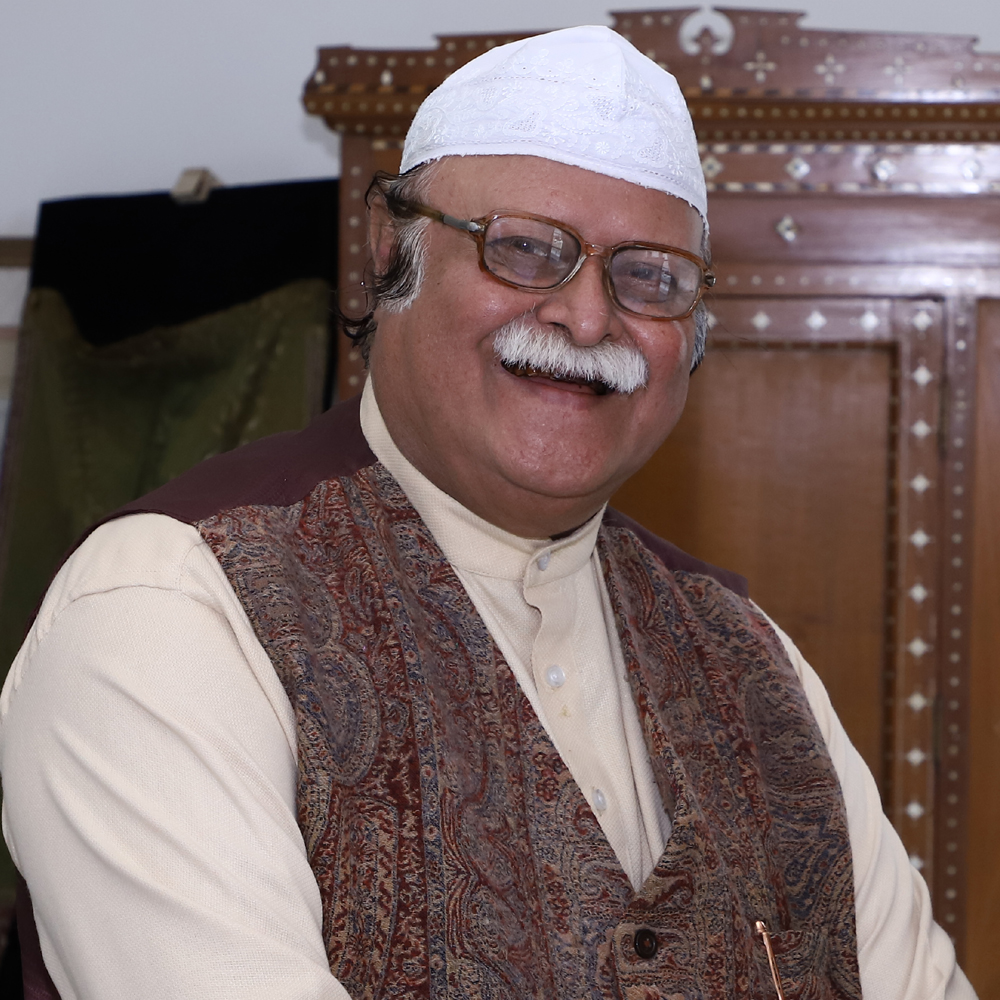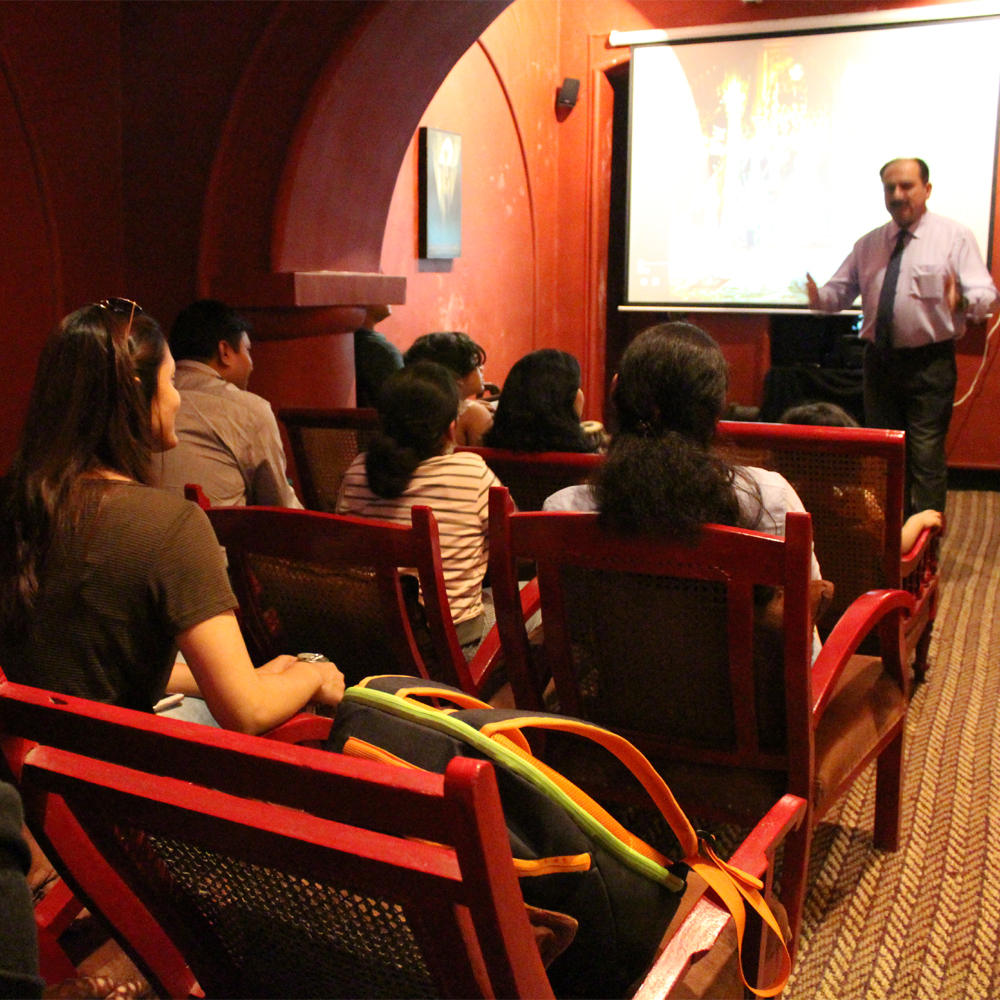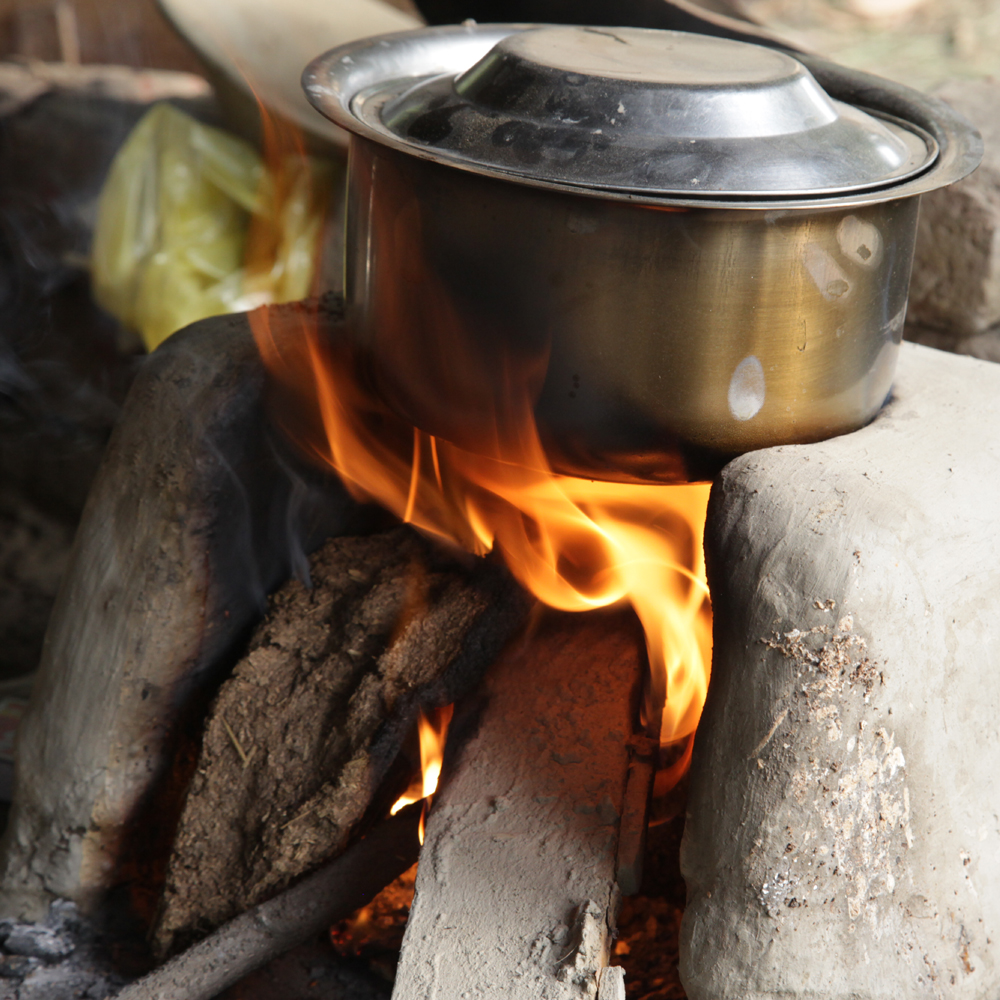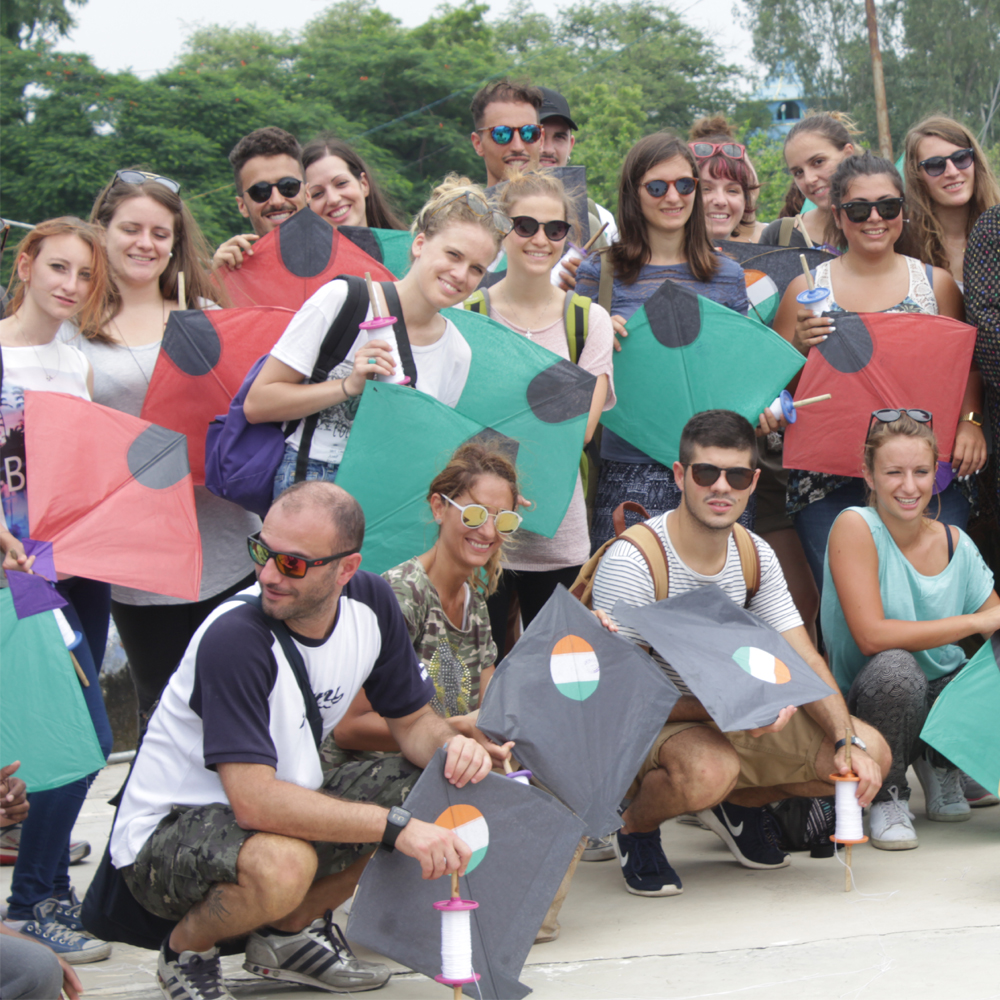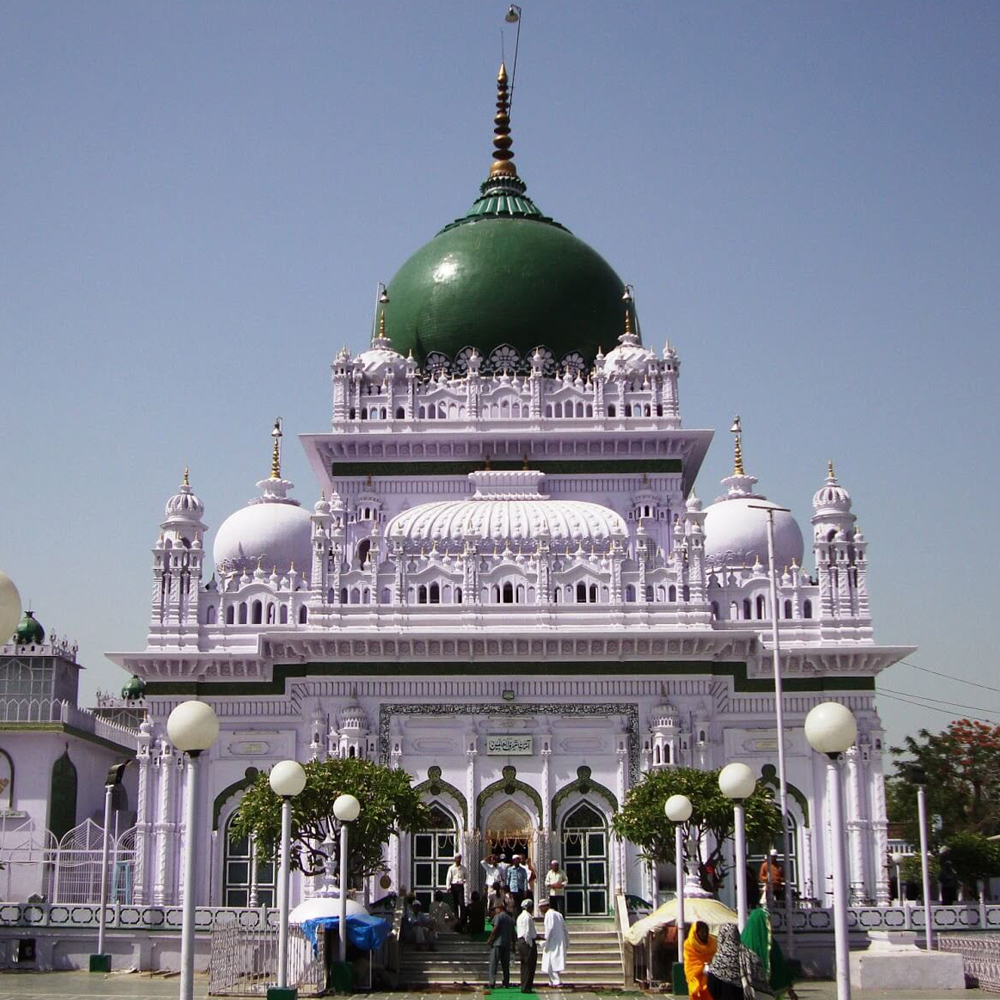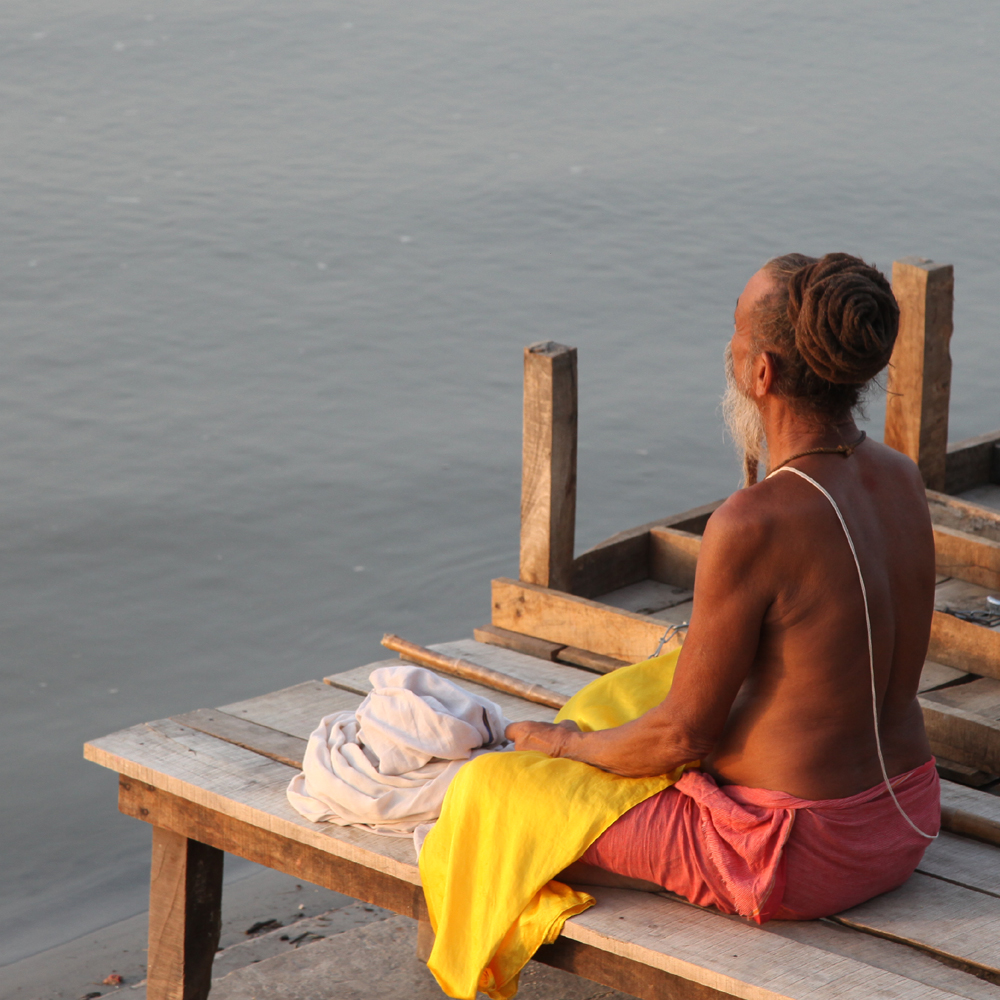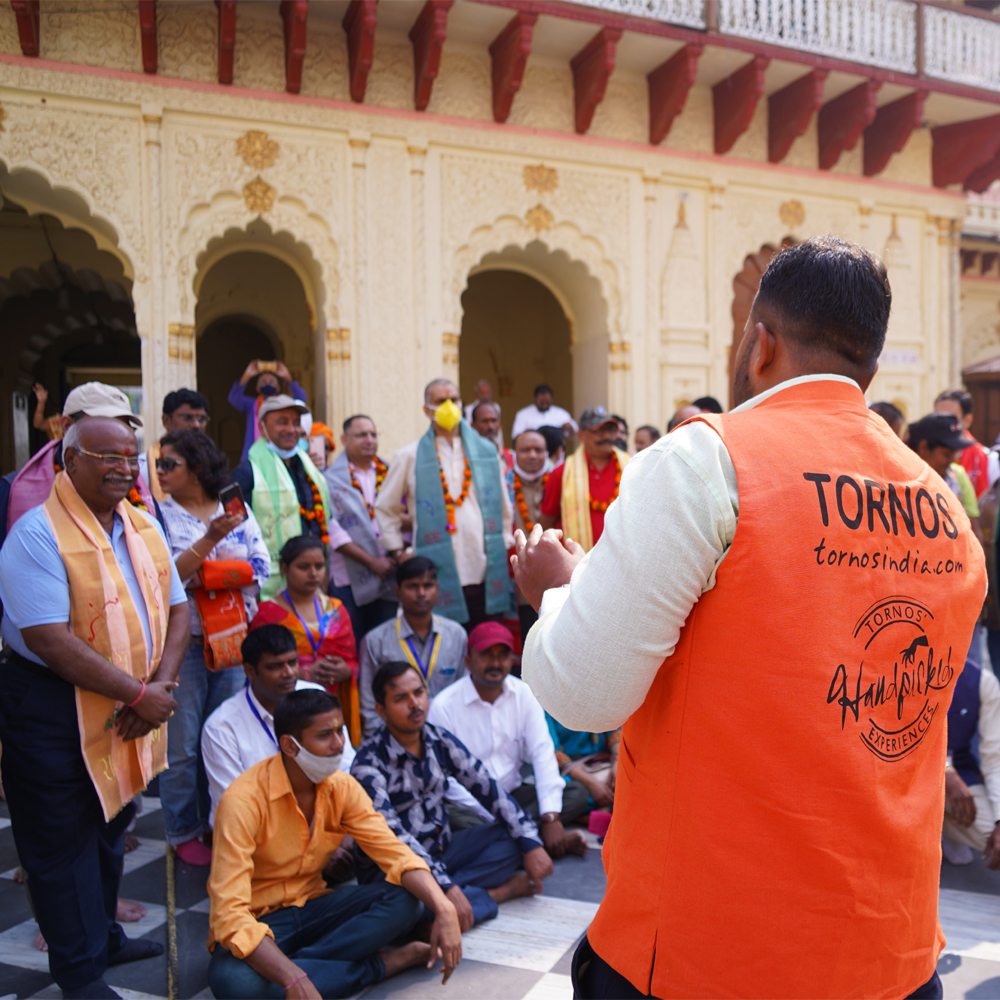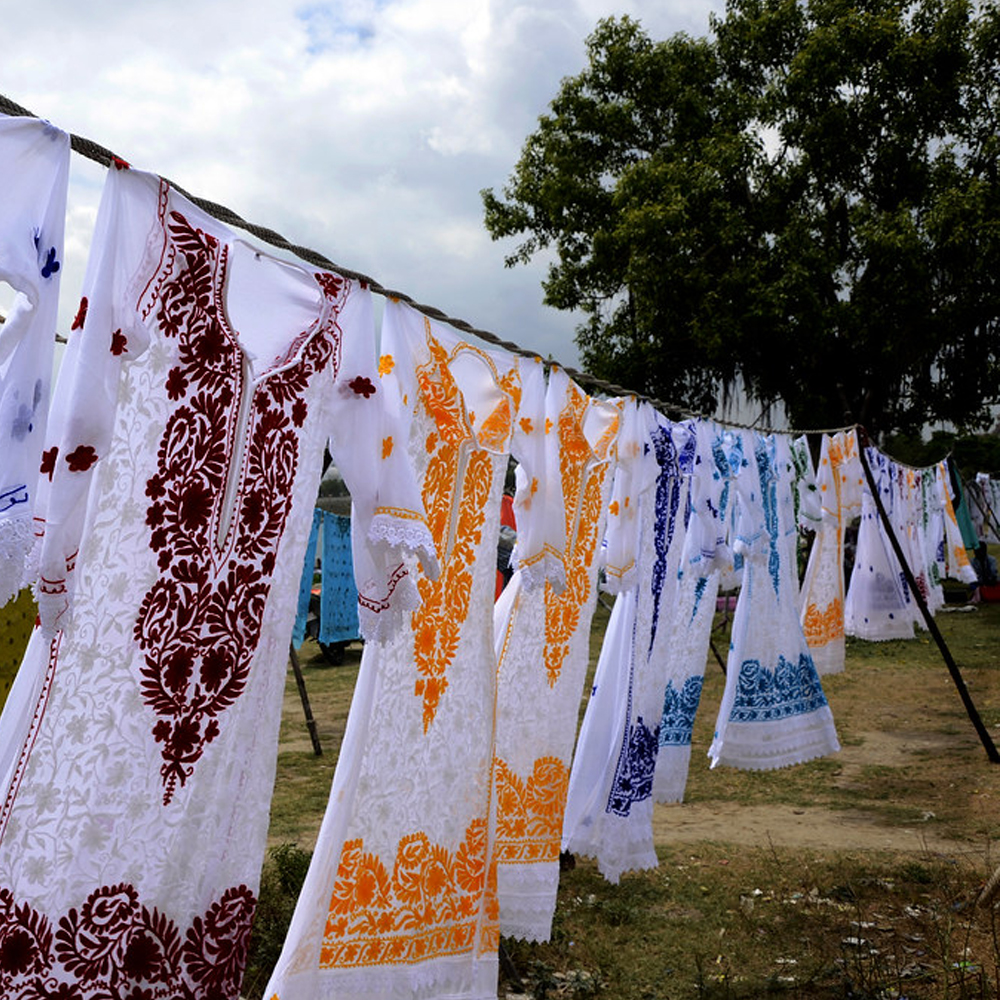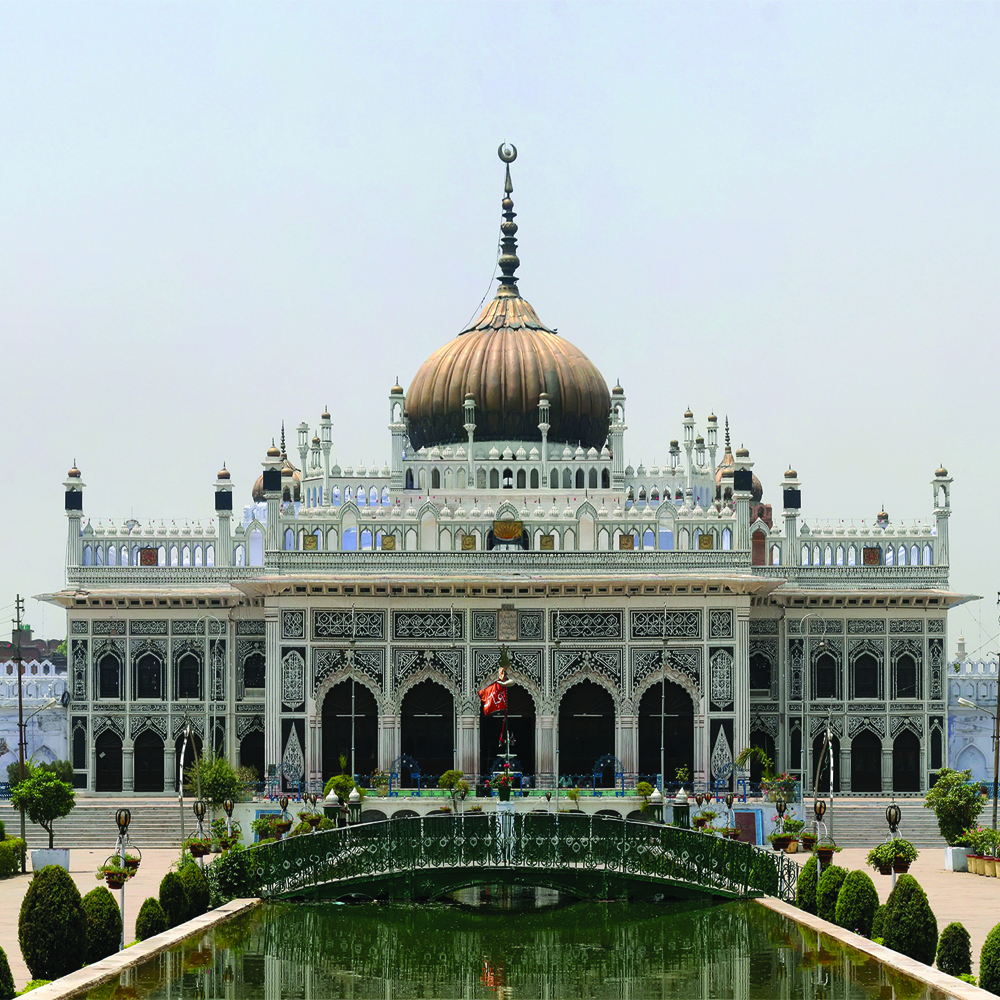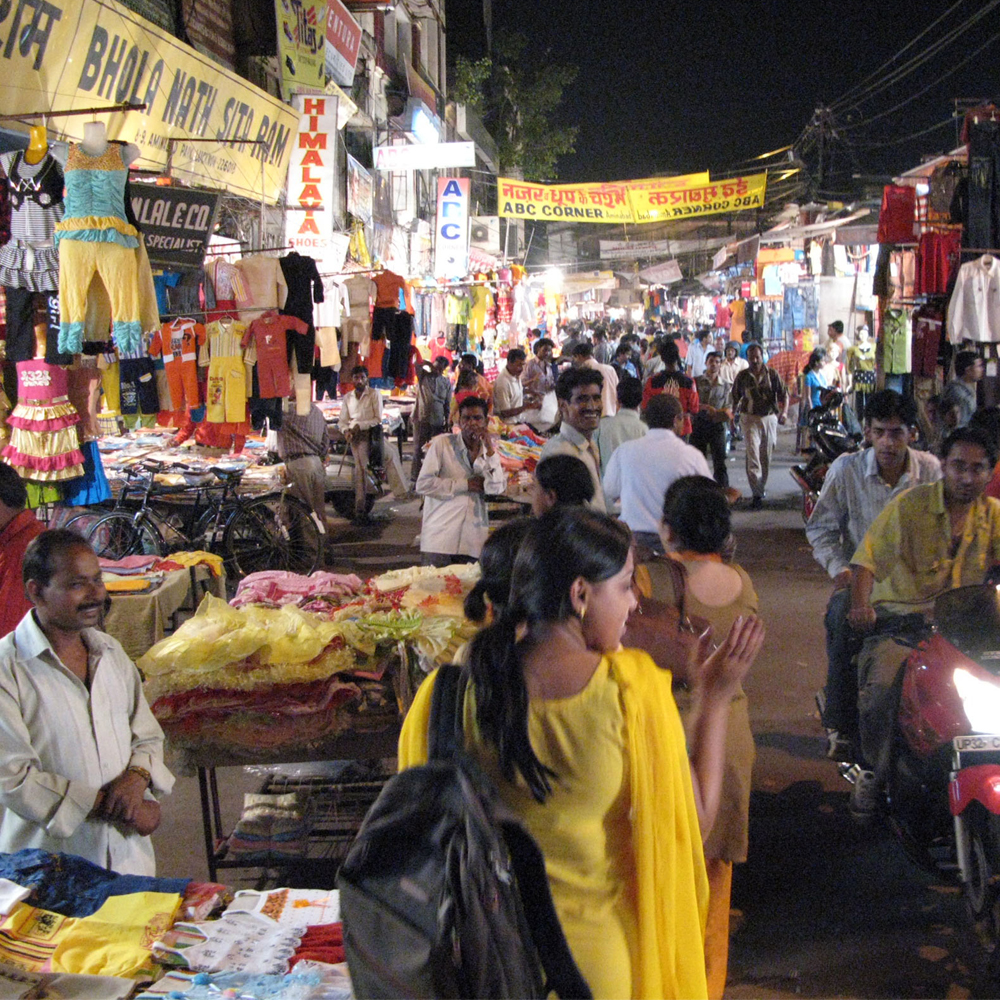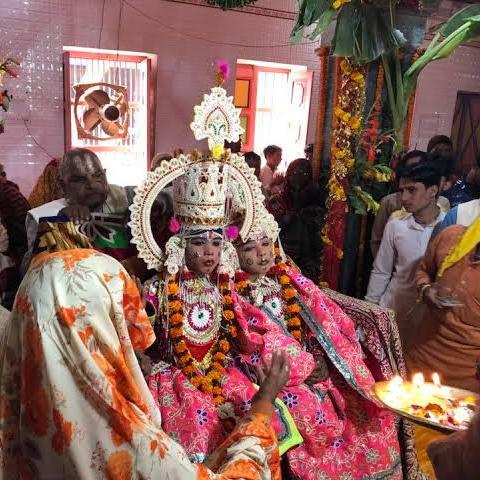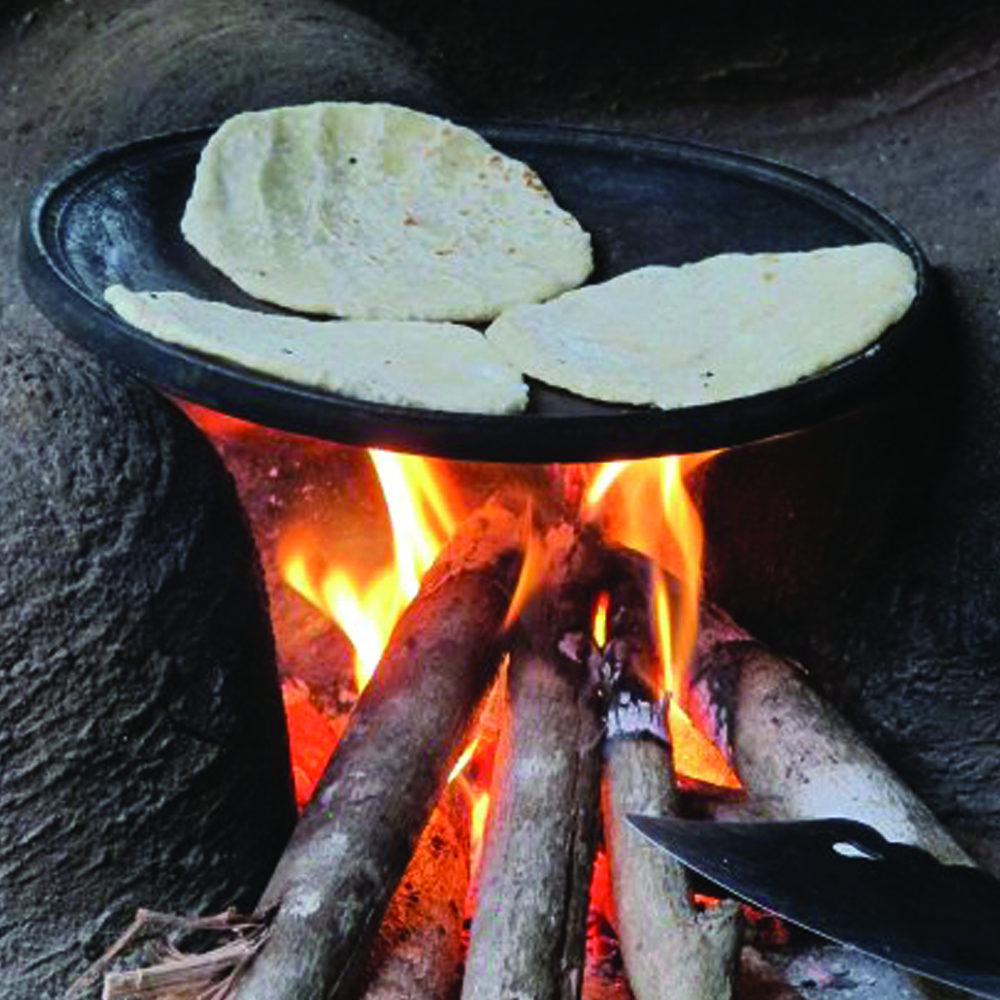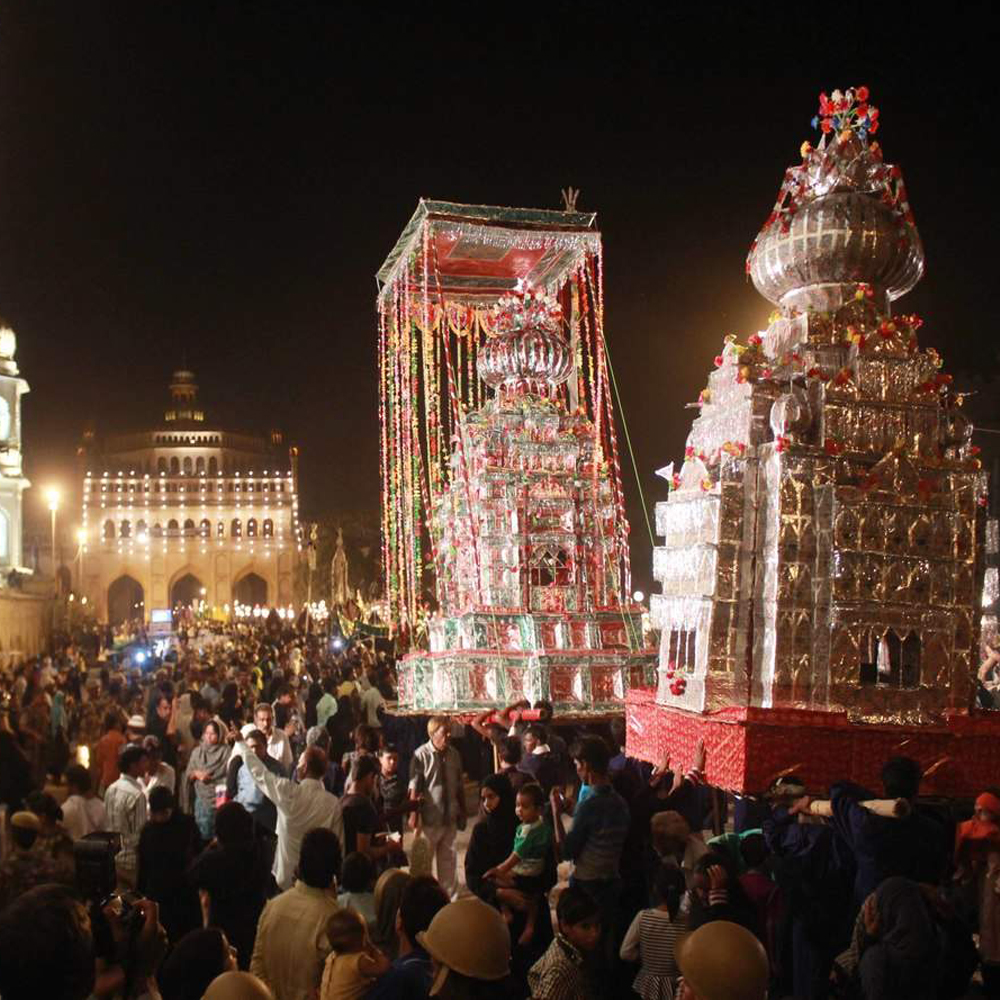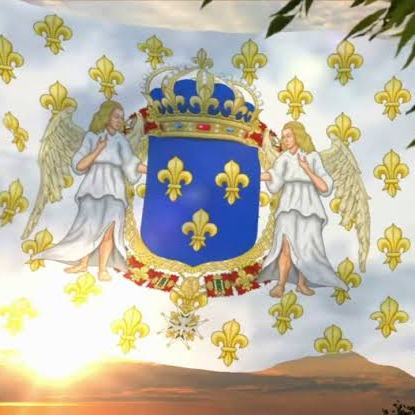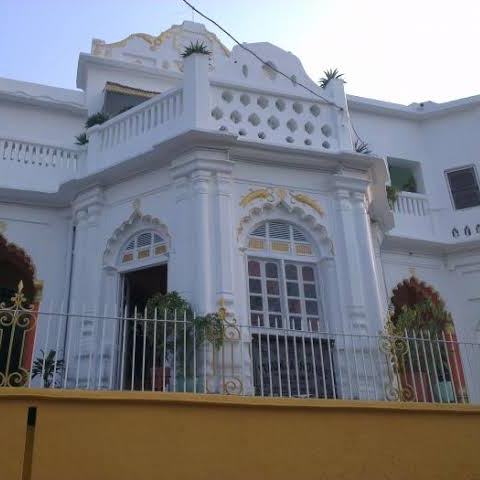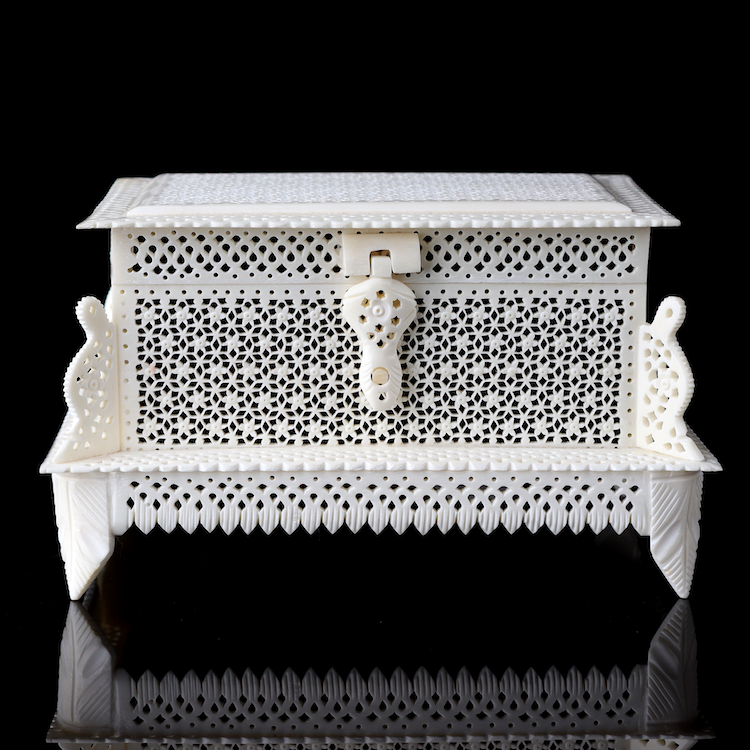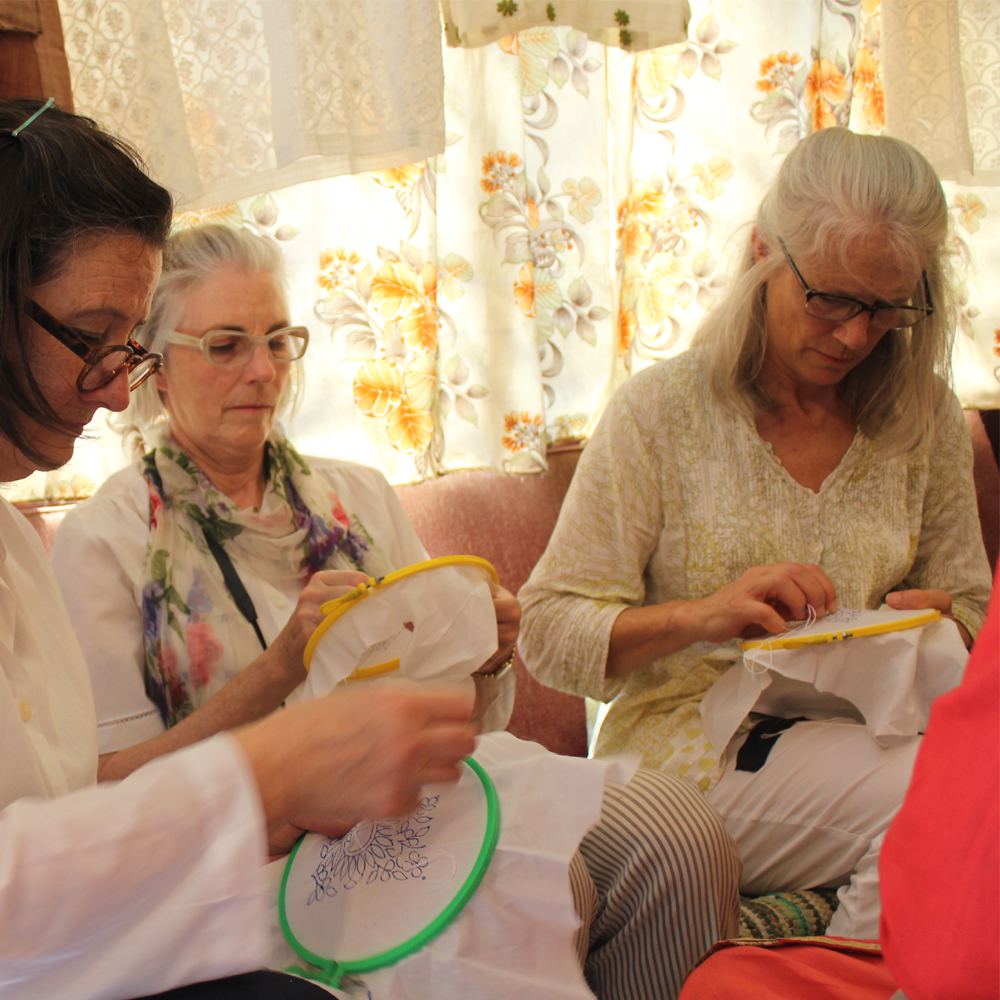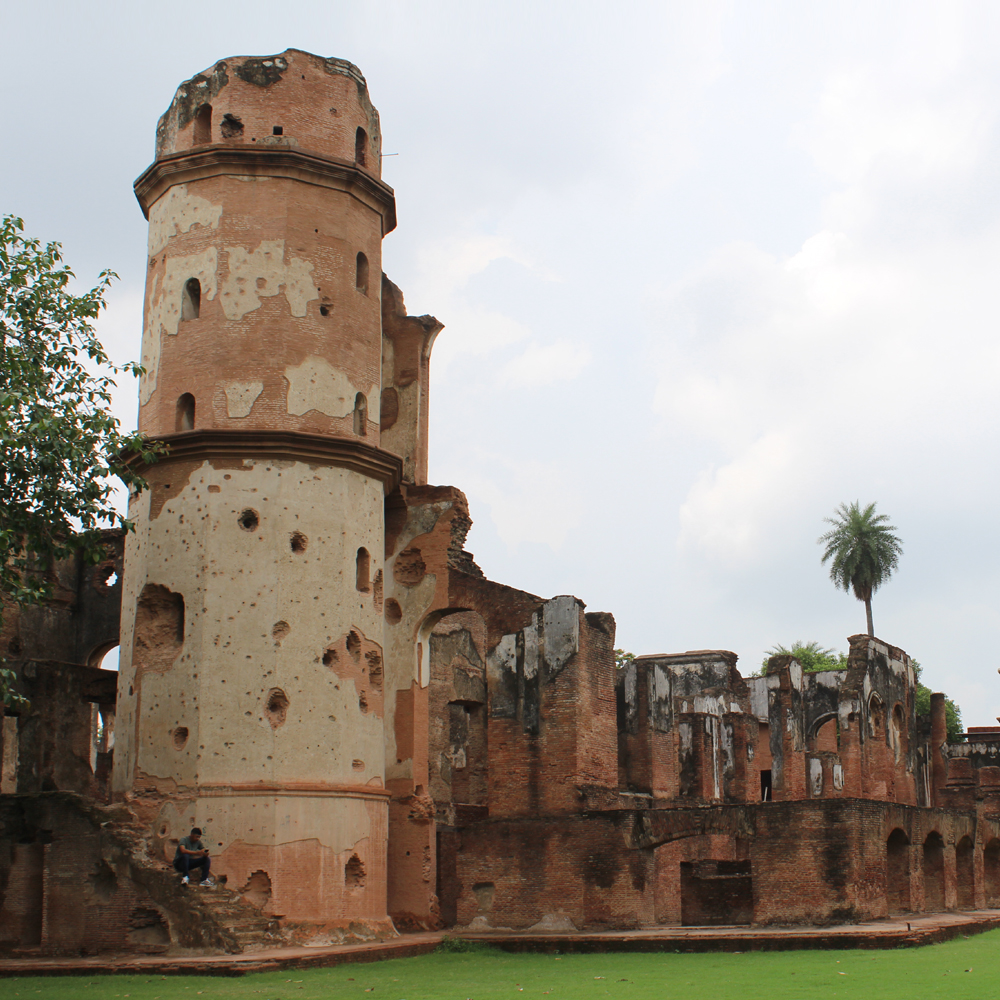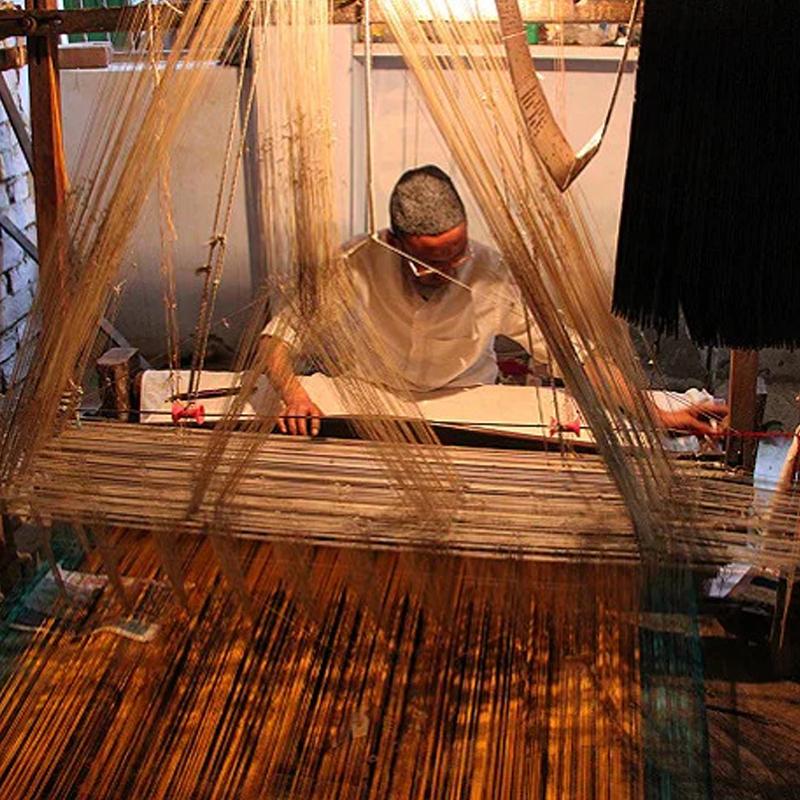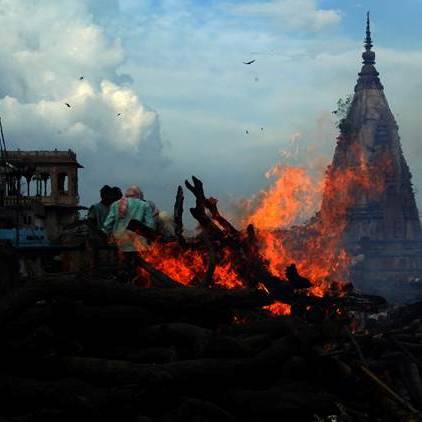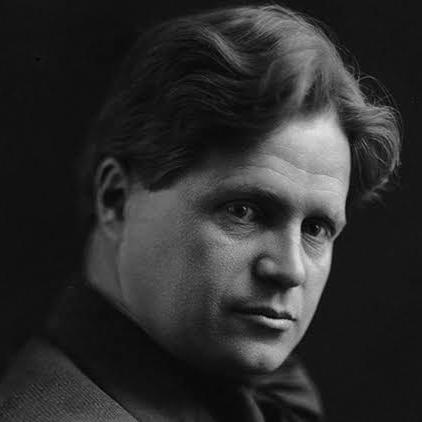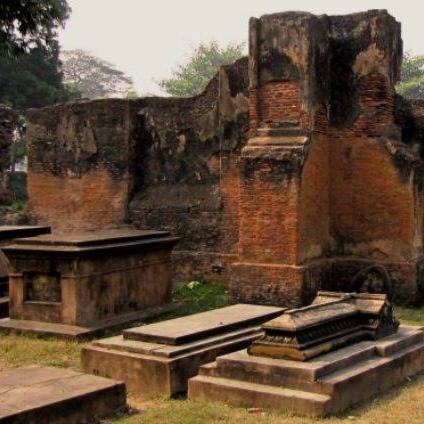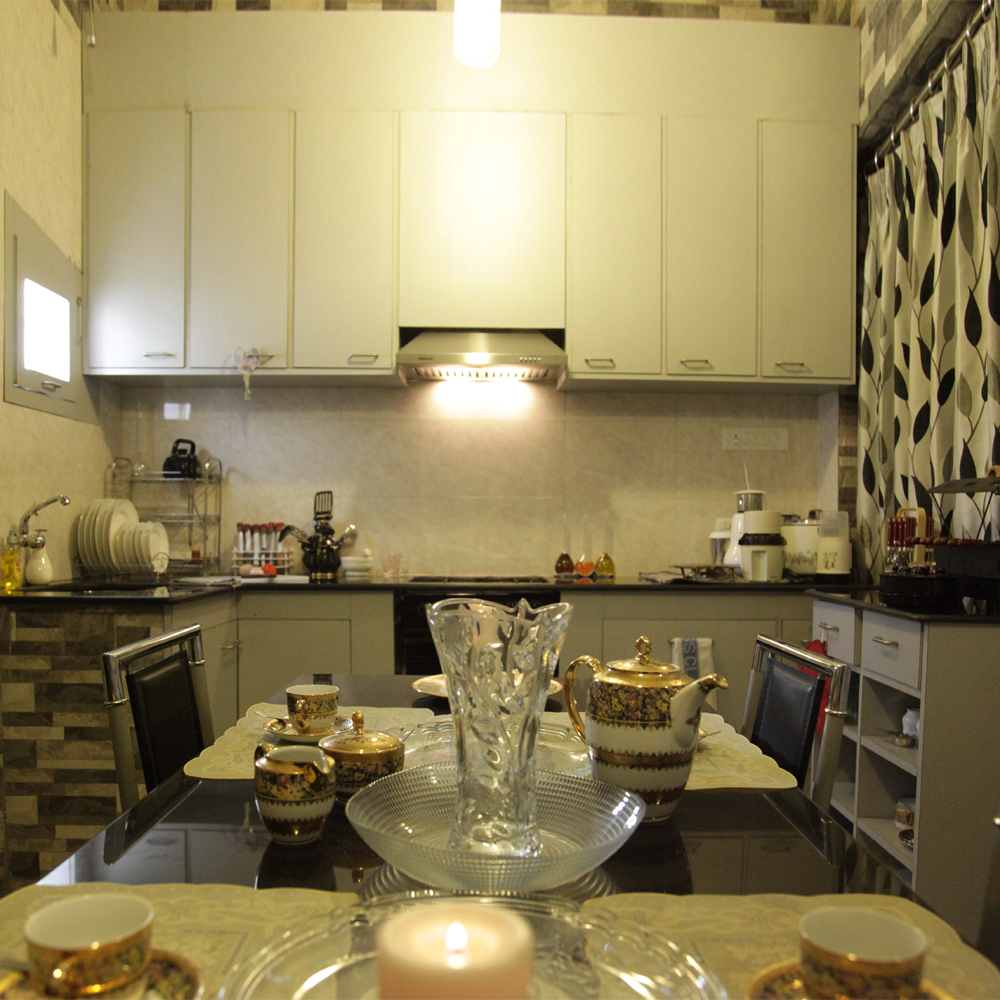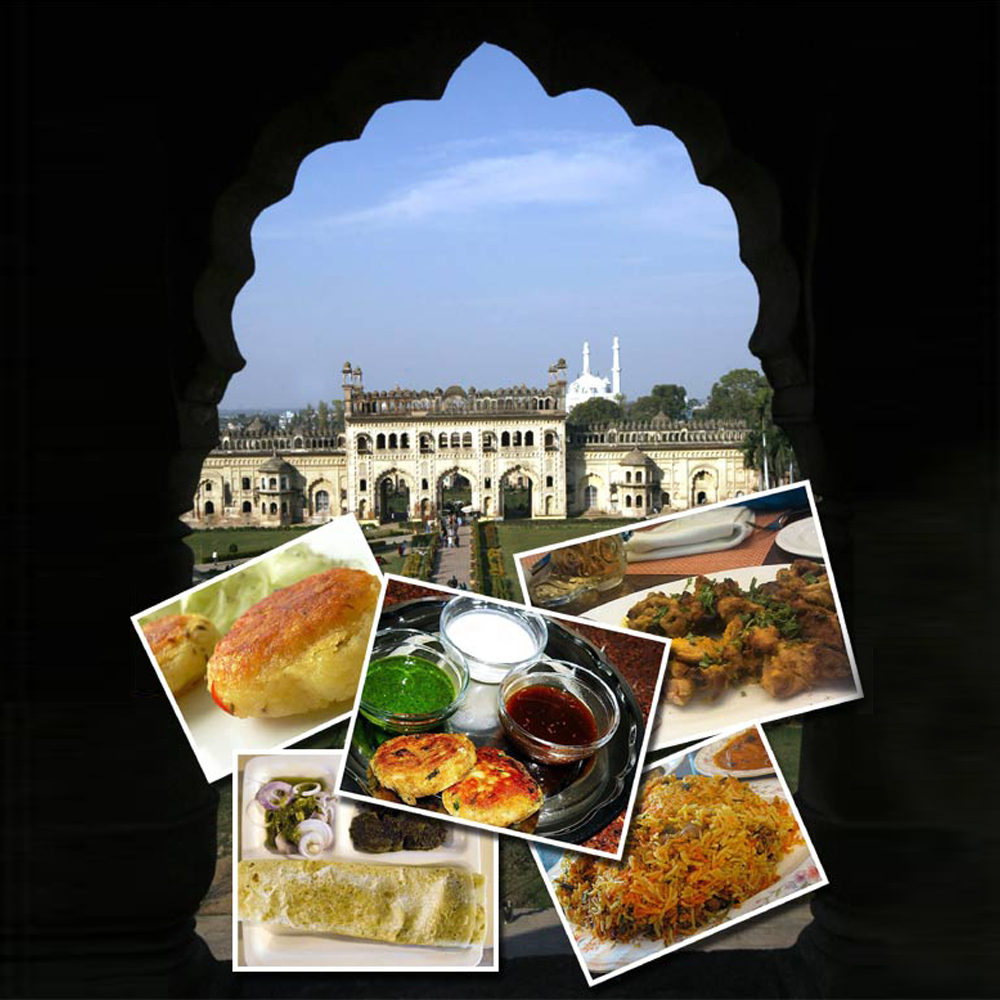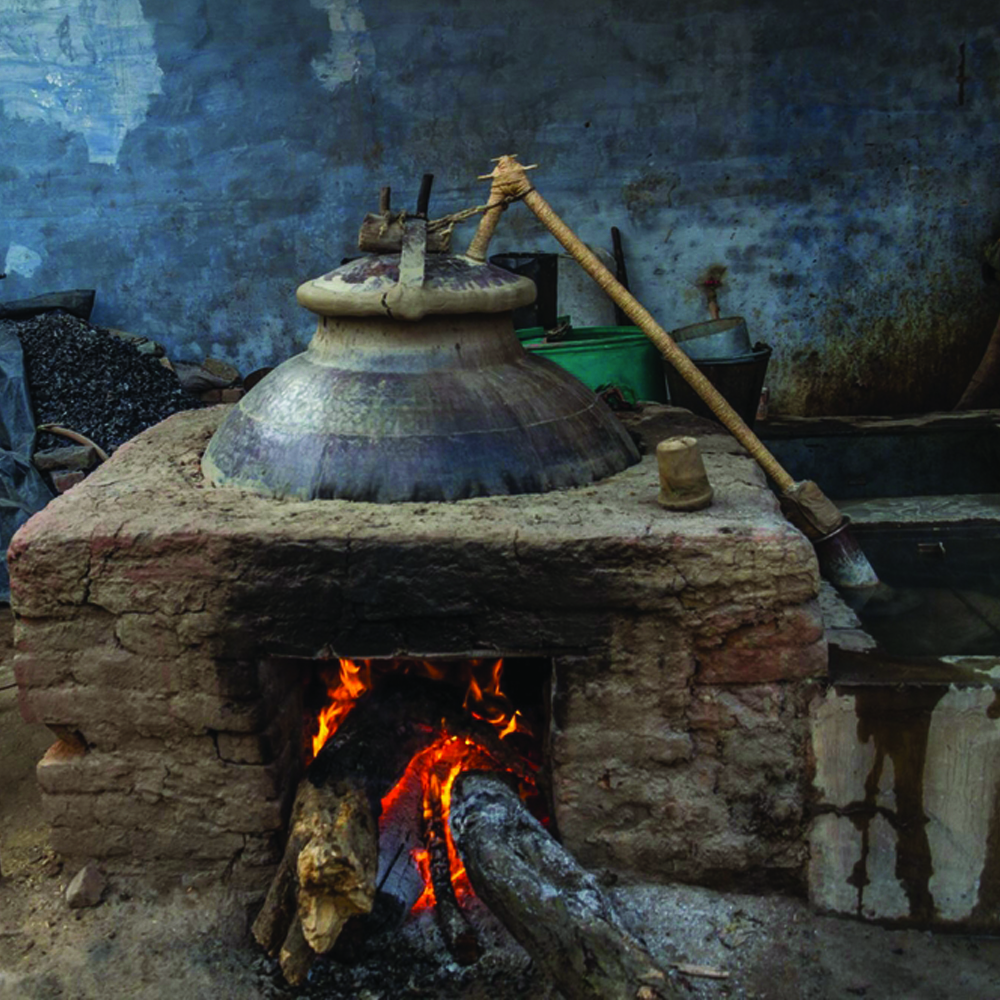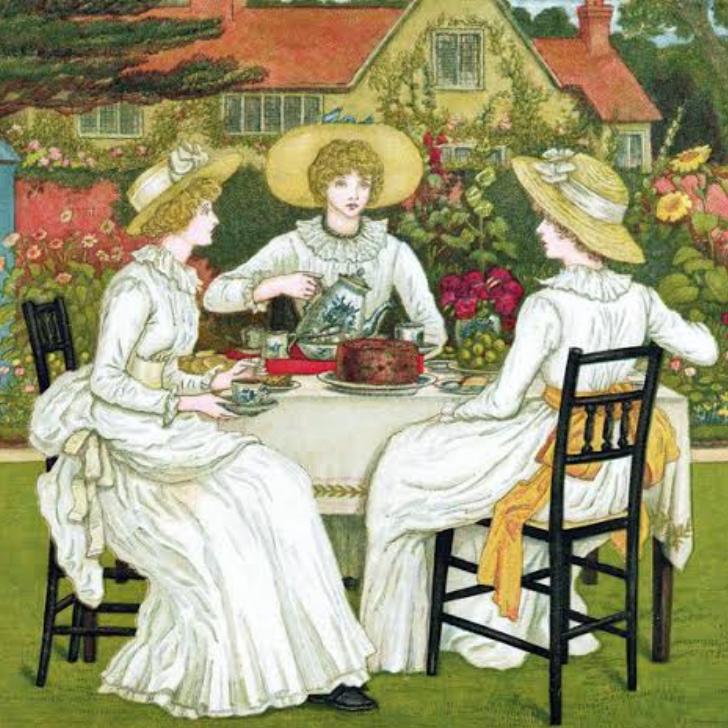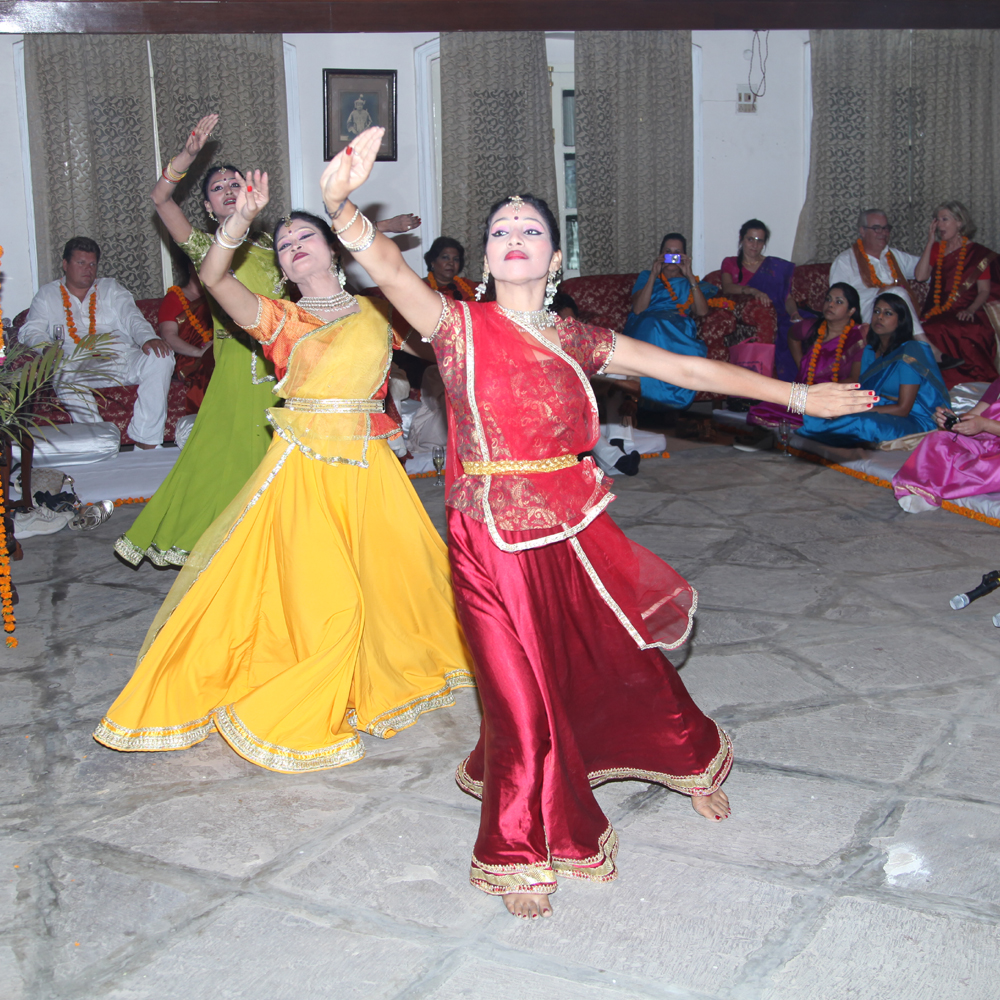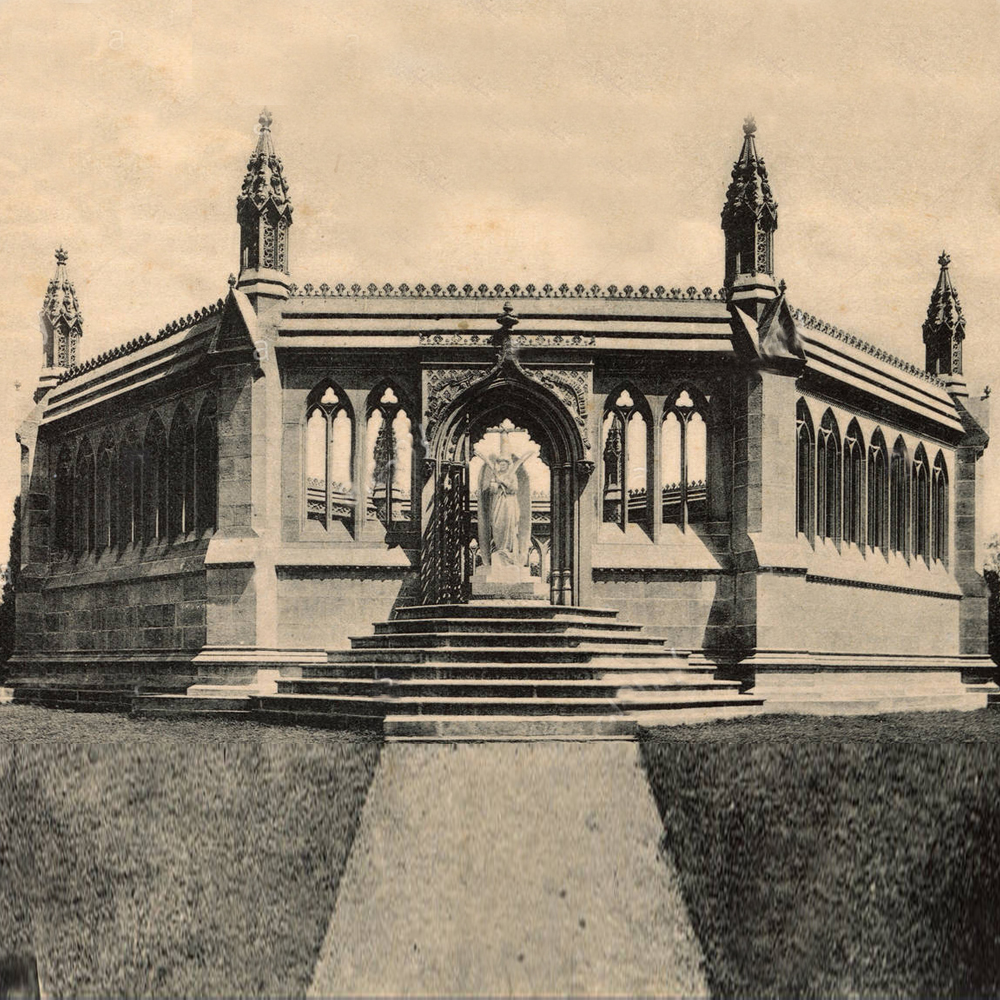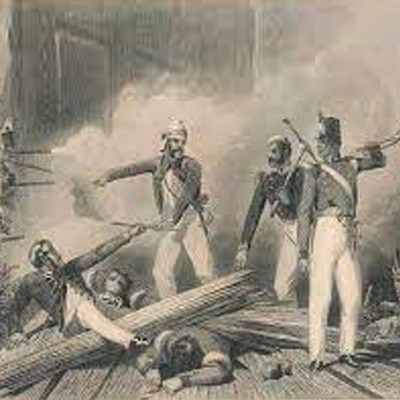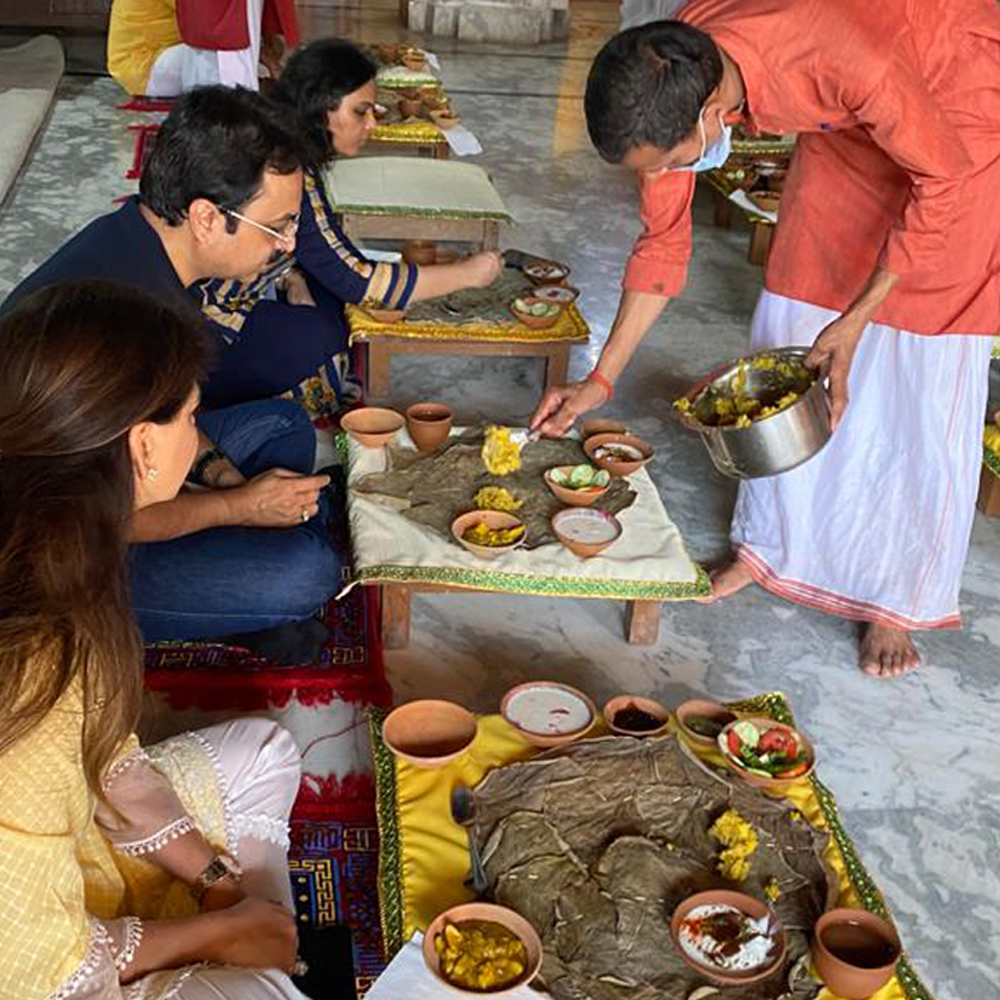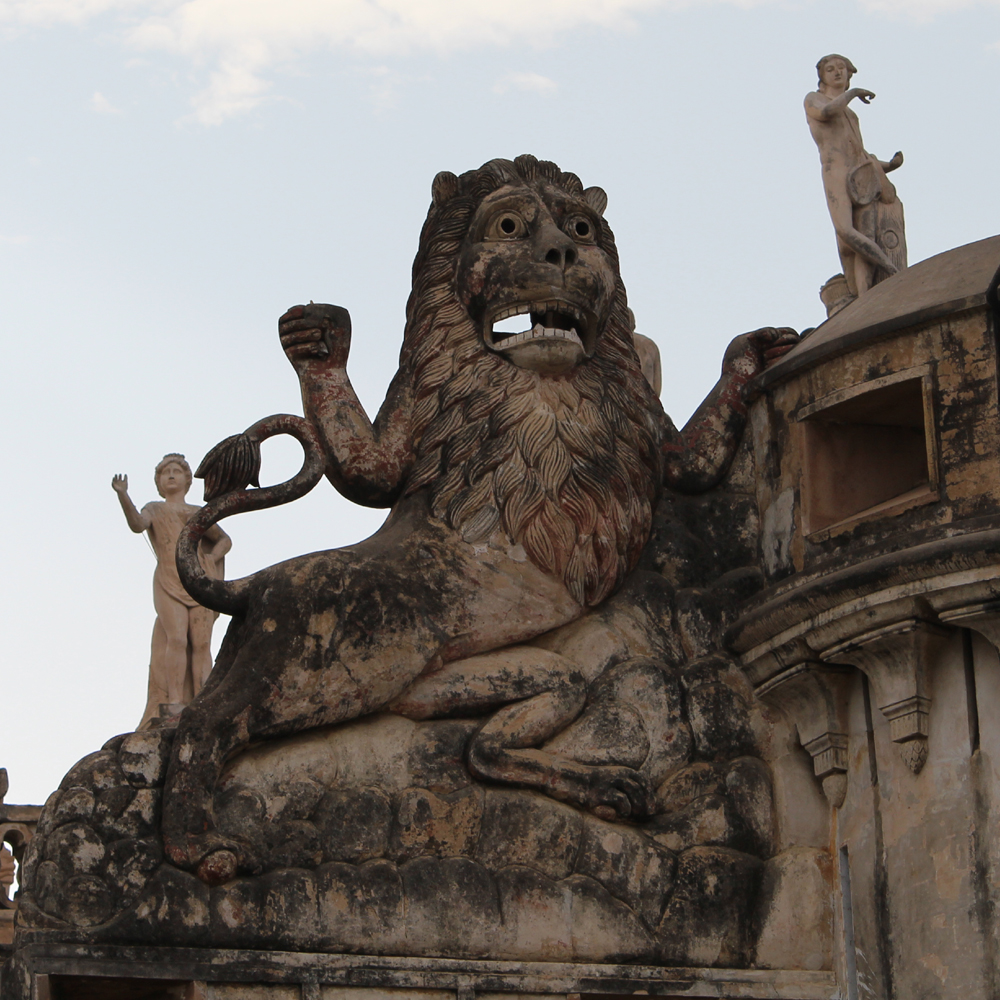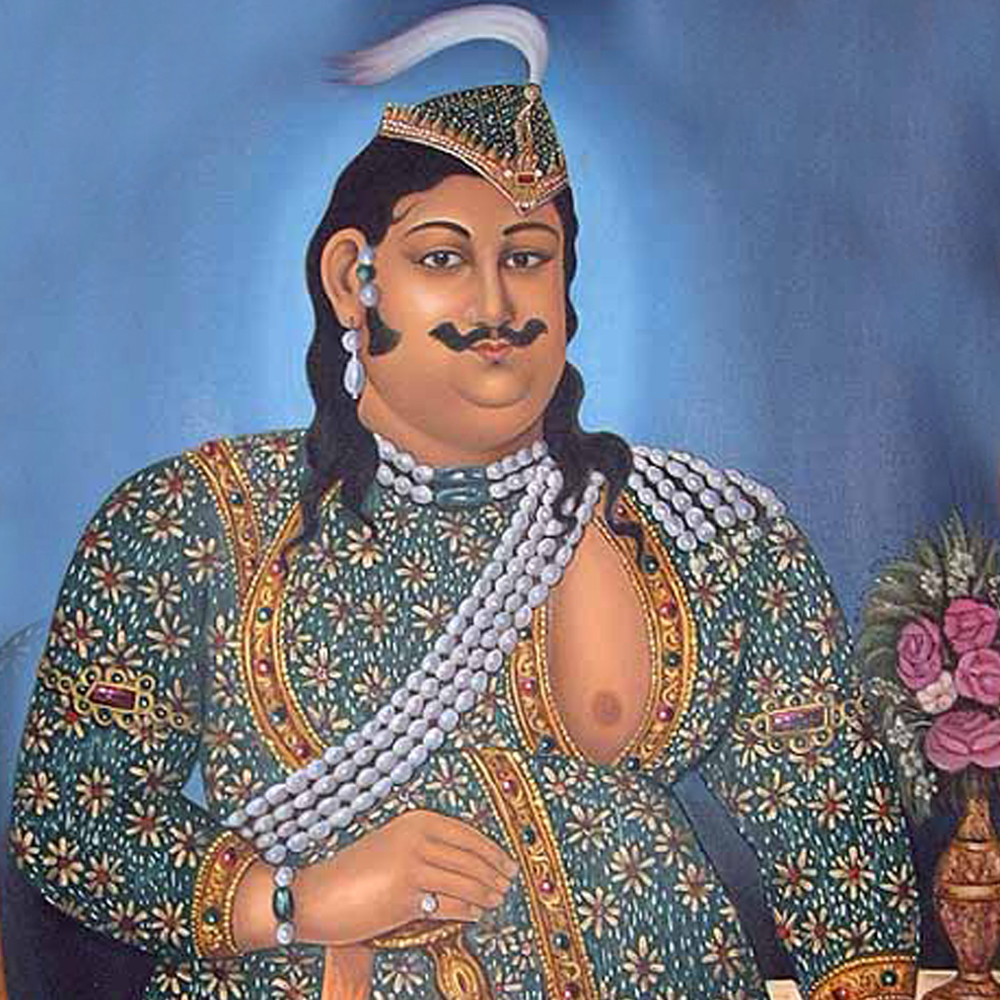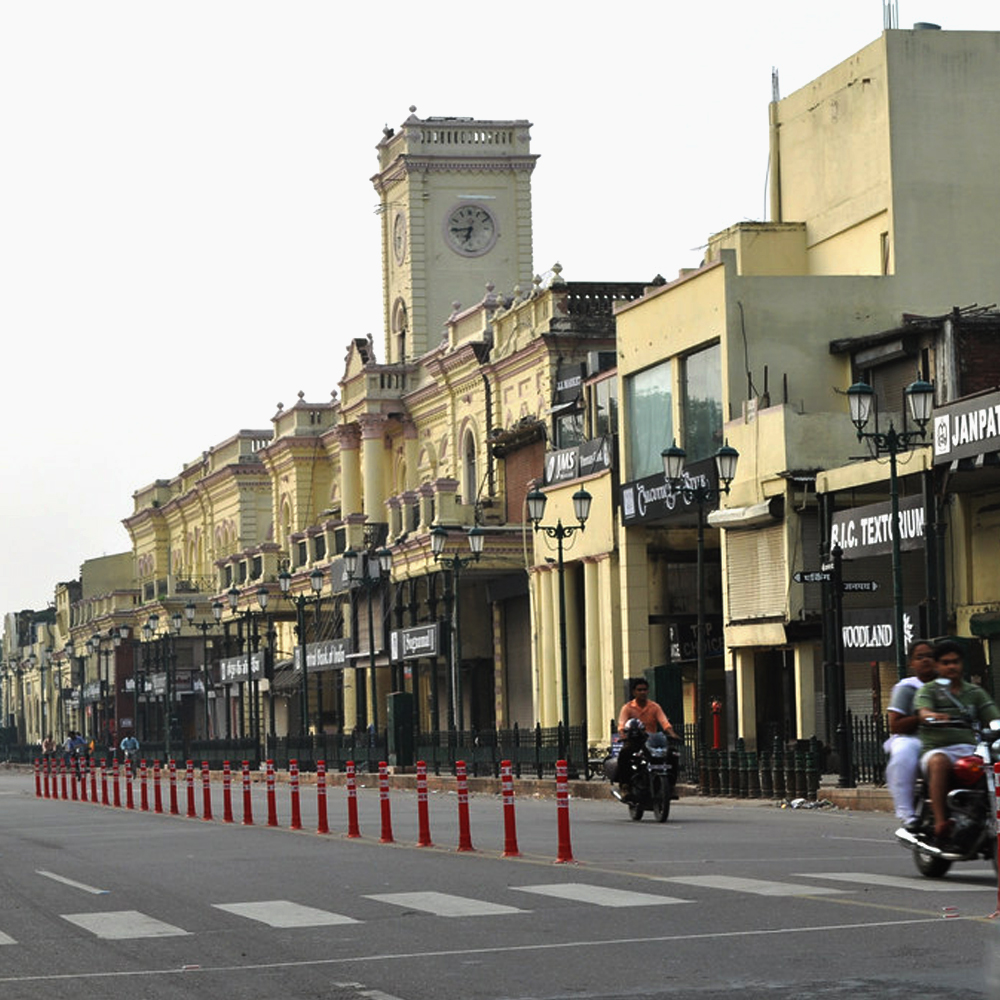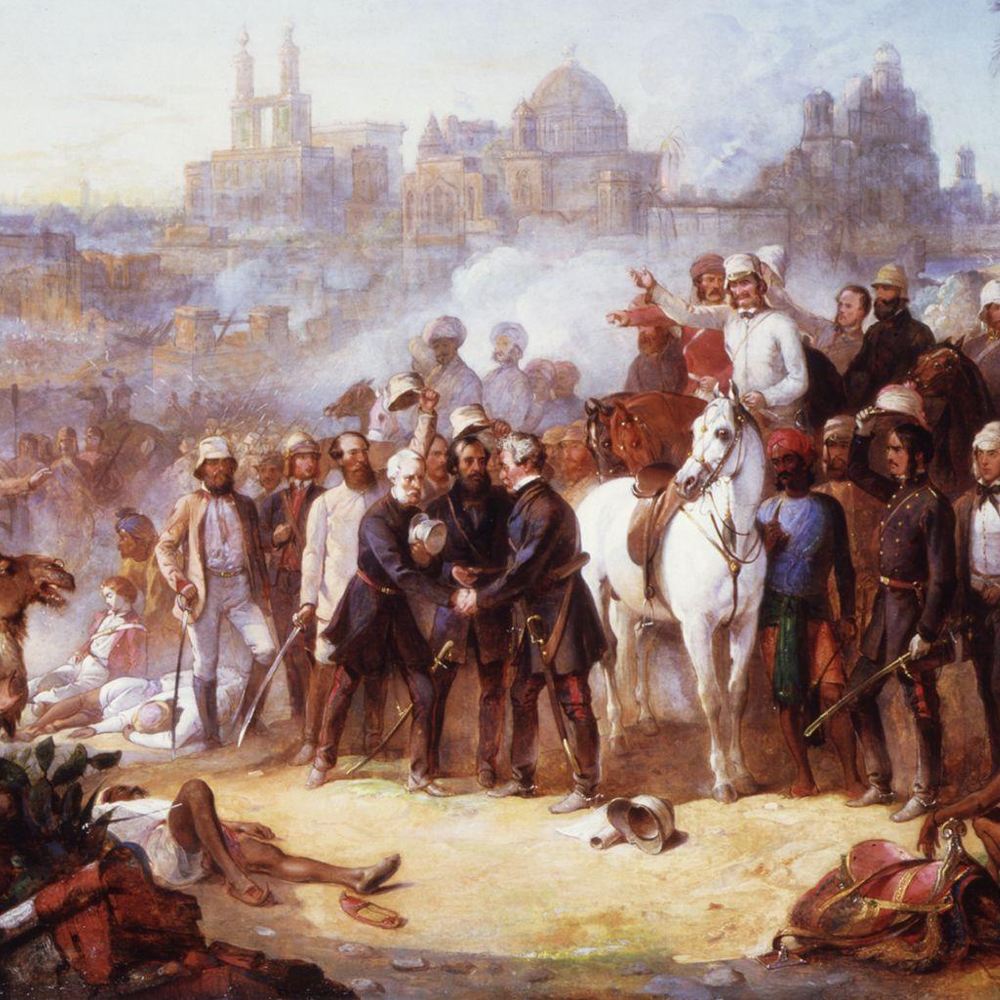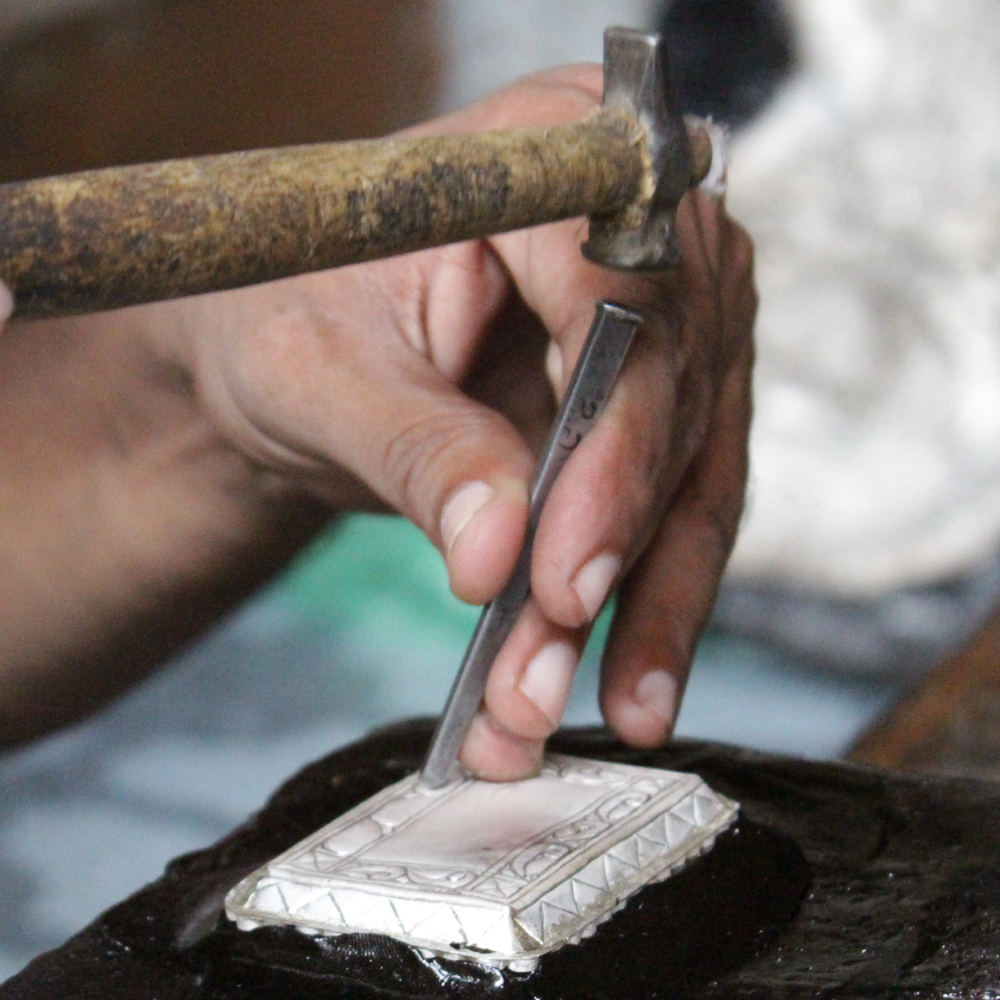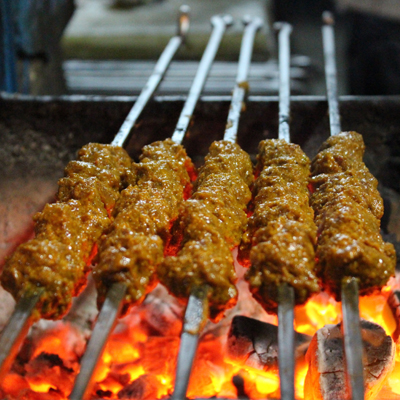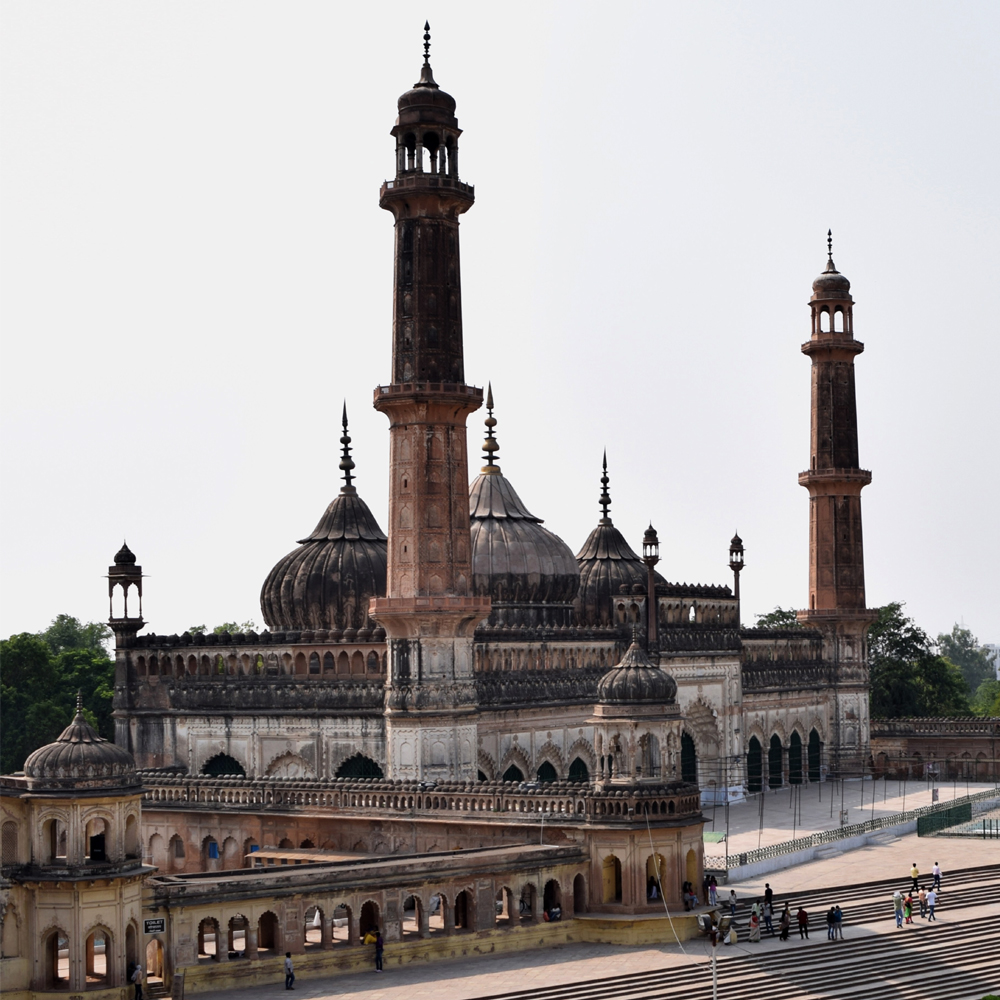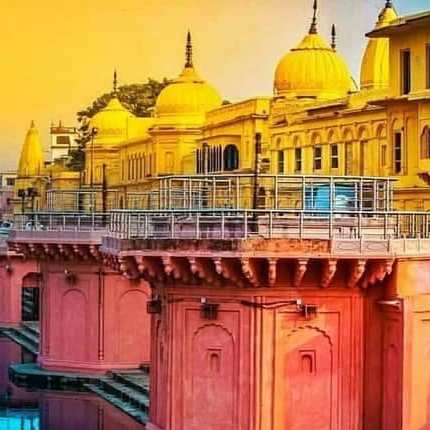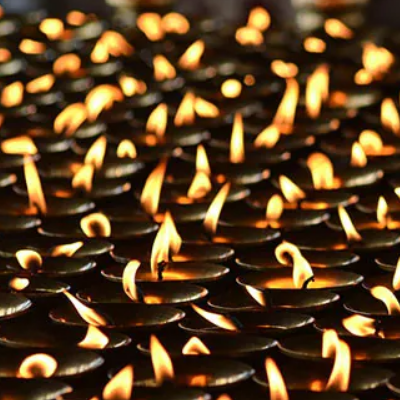Lal Baradari
Source/Credits : Lost Monuments of Lucknow (Saiyed Anwer Abbas) & Monuments of Lucknow (Yogesh Parveen
Lal or Surkh is the word for the colour red. Since the Baradari was painted inside and outside in red thus it was known as Surkh or Lal Baradari. This two storeyed structure with a large pillared hall on the top was built by Nawab Saadat Ali Khan to serve as his Durbar Hall (Hall of Audience). Mookherji calls the structure ‘Lal Baradwari’ and attributes its architecture to Kifayat-ullh, well known as the architect for the Asafi Imamabara that was built by Nawab Asaf-ud-Daulah.
Lal Baradari continued to have the honour of serving as the Coronation Hall for all the Kings of Awadh, consequent to Nawab Ghazi-ud-Din Haider’s installation as the first King of Awadh, in October 1819 when the Nawab Wazir at the behest of the British became a sovereign, an independent ruler who was no more a subordinate of the Mughal King in Delhi. The hall was known as the ‘Throne Room’ with the placement of the throne of the King of Awadh who took over the reins. It was also referred as Qasr-e-Sultan (King’s palace) and Kasur-oos-Sooleman’ (Qasr-e-Sulaiman) in an English transcript of a letter from King Naseerud-Din Haider to British Resident, Sir John Low (Sulaiman is the name of a legendary Emperor of the Muslim world who has many stories related to his personality including the one where he possessed magical throne that could fly at his command).
Lal Baradari is mentioned with different names by writers. Rouse names it as Kasrool Khakan (Qasr-ul-Khaaqaan) Kamal-ud-Din Haider in his accounts has used the term Sar-e-rah ki baradari for this building, which means ‘a baradari erected besides the road’. Nami has termed it as Putli-wali Baradari. This name was meant to indicate putli (statues) that were there, fashioned at the base of wooden pillars that supported the verandah roof of the baradari. These statues are specifically mentioned in the description of the ‘Lal Baradari’ in a Guide Book of 1885 as a distinguishing feature. ‘It’s peculiarity of construction from other buildings is in the wooden anthropostylar base of which supported the veranda roof pillars on the north and south sides. The figures are those of Negro eunuchs (the only sort of Negros employed in eastern palaces) standing with arms folded, and bearing the posts or pillars on their heads. The white for their eyeballs, and black paint in flesh colour’ represent them as dark as sentinels from ghost land. And it as well they appear fully clad in long coats and turbans, for as nude classics studies they would be intolerably hideous. Four of these Life size putli are clearly seen at ground level in photograph of the building by John Edward Sache taken in around 1867 wherein the verandah on the south-west corner is visible on the right hand side of the picture. Two of them are also visible in a picture of the Lal Baradari and the adjoining building which is now displayed at the State Museum in Lucknow.
During the rule of Nasiruddin Haider the Baradari went through another transformation. The courts of Indian Nawabs had begun to emulate British décor. The traditional Nawabi throne was replaced by a golden chair inlaid with ivory work. The Badshah too gave up the ‘jama-Agarkha’ and took to wearing a collared coat during the court session. For visitor and other dignitaries there were sandalwood-seats. The guards now held guns instead of swords and spears.
The oriental glamour of Lal Baradari was thus totally replaced by British decor. William Knighton, a historian, has mentioned about the glamour of Nasir-ud-Din’s court. Fanny Parkes-a well Known traveller and a travel writer, had participated in the state celebrations of Nasir-ud-Din’s coronation. She very much impressed by the strikingly beautiful Begums of the King. The Resident himself had confirmed the recognition of Badshah’s status by the British East India Company and offered gift during the coronation. Nasir-ud-Din Haider had surrendered his oriental pride and self-respect to the petty gains to the British. The Lal Baradari had seen the rise and fall of several Kings of Avadh. It has been a mute witness to numerous celebrations in the court of Avadh, during which free flow of liquor, dances by beautiful girls, and dubious actions of the scheming British were the order. While on one hand the Lal Baradari had been a silent spectator to the exaggerated flattering of courtiers and sycophants and on another, it has resonated with the musical renderings of the highest order. The walls of this architecture have seen the perfidious activities of many Nawabs of Avadh.
The details of the ambience and ceremonies held at the Durbar of the second King of Awadh, Nasir-ud-Din Haider, are detailed by Knighton, in his fictional account of the life of an Eastern King. Ironically, this description appears to be copied by several English writers and is also (partly) reproduced at many places. The beautiful interiors of the Throne Room in the Lal Baradari are depicted in a painting by a Lucknow artist in 1850, which is in the Collection of Islamic Arts. It shows embellished pillars and arches of the Throne Room and winged beauties representing Pari (female angels), painted on the ceiling which appear to have glided down from the heaven. It is a pity that no trace of this pretty art work is now available.
Lal Baradari is well known in history of Awadh for the episodes of the coronation of Munna Jan, the son of Nasir-ud-Din Haider, by his grandmother Badsah Begum on July 8,1837.
The coronati.on was held against the wishes of the acting British Resident who refused to recognise Munna Jan as the legitimate son Of Nasir-ud-Din Haider and his heir. There was a violent clash in which a large number of supporters of Badshah Begum were killed when British troops arrived from the Mardiaon Cantonment to dethrone the new King. Within four hours of his coronation, Munna Jan was arrested along with his grandmother Badshah Begum and his mother Afzal Mahal. They were then taken to Chunar Fort near Varanasi and imprisoned. The British Resident installed Muhammad Ali Shah, the 63 year old uncle of Nasir-ud-Din Haider, as the King, when he signed a document to follow all terms and conditions imposed by the British East India Company for the administration of the kingdom of Oudh.
After the annexation of Awadh (Oudh) Lal Baradari was used as a ceremonial hall for the state functions and on October 26, 1859, the grandest Durbar ever was held here when Lord Canning read Queen Victoria’s Proclamation, announcing a general pardon for her native subjects. Thereafter it was used as a library and much later on it was used as a Museum. After the independence of India, when the State Museum came up in Banarsi Bagh (Zoological Garden), the Baradai was handed over to the State Academy of Fine Arts and the main Coronation Hall or the Throne Room of Nawabi days and its basement were converted to functional display galleries. False ceilings have now been installed below the original ceiling and the walls of the display rooms are covered with boards that hide the decorated pillars, archways, ceilings and other ornamental features of Lal Baradari for which it once was known so well and held in high regard.
Source/Credits : Lost Monuments of Lucknow (Saiyed Anwer Abbas) & Monuments of Lucknow (Yogesh Parveen






